The 1960s was a turbulent area. America’s marginalized groups clashed with traditional beliefs as they began to fight for their rights. While this often resulted in chaos and violence, it ultimately resulted in a great step forward for minorities and for democracy. Among the groups fighting for equality was the LGBTQ+ community, who began their own fight on June 28, 1969.
Life in the 1960s was not welcoming at all for those who were other than straight. Laws existed to prohibit same-sex relations, and there was an ever-present threat of violence for the LGBTQ+ community. Still, many found refuge in the city’s gay clubs, where they were able to socialize without fear of hatred or violence. One such safe space was the Stonewall Inn, located in Greenwich, a neighborhood known for hosting many other gay bars and which still, to this day, has a large and proud LGBTQ+ community.
But even in these bars, it was extremely dangerous for the LGBTQ+ to gather; The New York State Liquor authority would often raid and shut them down because they claimed that the “gathering of homosexuals” was “disorderly.” To combat this, Stonewall Inn’s owners, The Genovese Mafia Family, were able to bribe the Sixth Police Precinct to ignore them, which made the Inn one of the few and most popular clubs for the LGBTQ.

Stonewall Inn became home to runaway gay youth and homeless, drag queens (who were not welcomed in other gay bars), and whoever else wanted a place to be who they were. It was also one of the only gay bars that allowed dancing, and their cheap entry fee made it easy for many to come in and feel a sense of community. Everything, however, changed on the morning of June 28.
“Armed with a warrant, police officers entered the club, roughed up patrons, and, finding bootlegged alcohol, arrested 13 people, including employees and people violating the state’s gender-appropriate clothing statute (female officers would take suspected cross-dressing patrons into the bathroom to check their sex),” according to HISTORY.

But instead of dispersing, those at the club stayed present amid all of the arrests and violence, becoming increasingly furious at the officer’s abuse. In one instance, when a lesbian woman was hit in the head by an officer who was trying to put her in a police van, she screamed to those around her that they act in retaliation. So they did. Bystanders began to throw whatever objects they had around them at the police, including pennies and bottles.

Soon, the altercation turned into a full out riot, with the police barricading themselves against the club, which the crowd tried to set on fire. Even though firemen and more police were able to stop the fires and disperse some of the crowd, the riots continued on for five days. It was the first time the LGBTQ+ gathered to fight back against the abuse. As it carried on, more and more people decided to join, and there was nothing that could be done to stop this amazing force.
A year after the event, thousands of people marched from the Stonewall Inn to Central Park in a march called “Christopher Street Liberation Day,” while they chanted “Say it Loud, Gay is Proud.” Today the Stonewall riots are known as the first fight for LGBTQ+ rights.
We hope you enjoyed this first piece on LGBTQ+ rights. We will continue to highlight important moments for the LGBTQ+ community throughout LGBTQ+ history month. Moreover; if you’d like to join our growing community of individuals physically representing their pride, check out products!



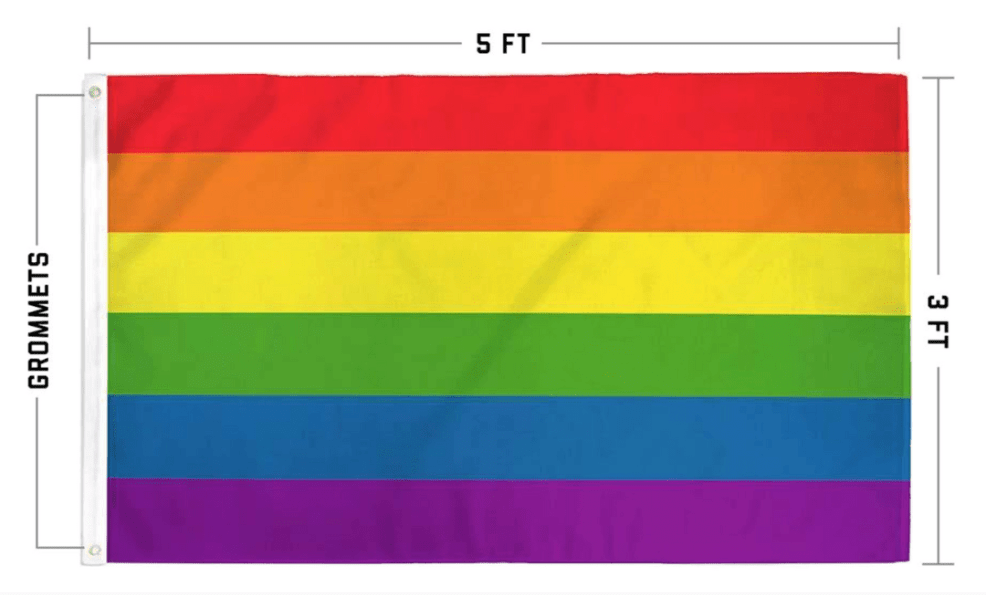
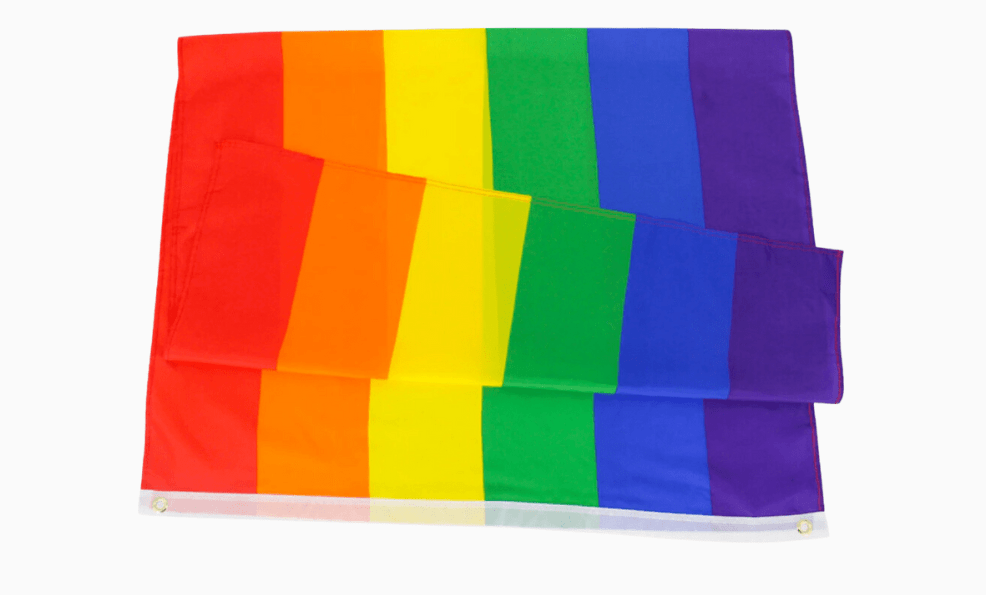
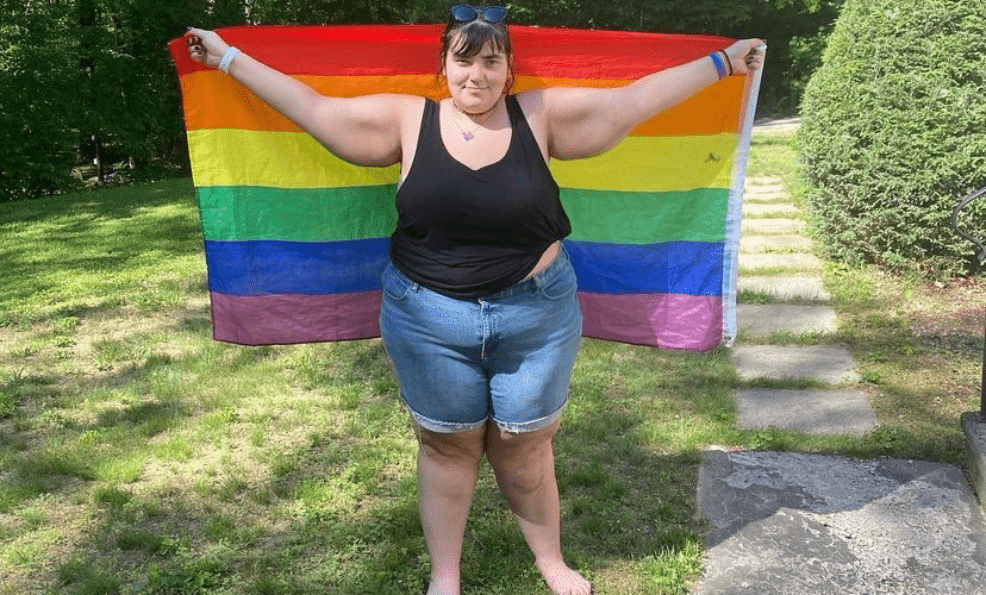


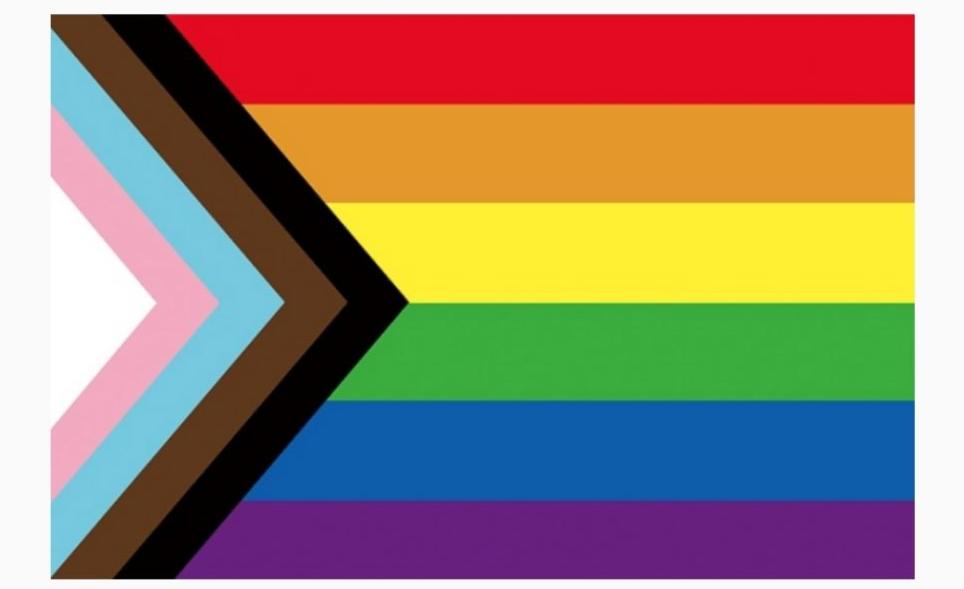
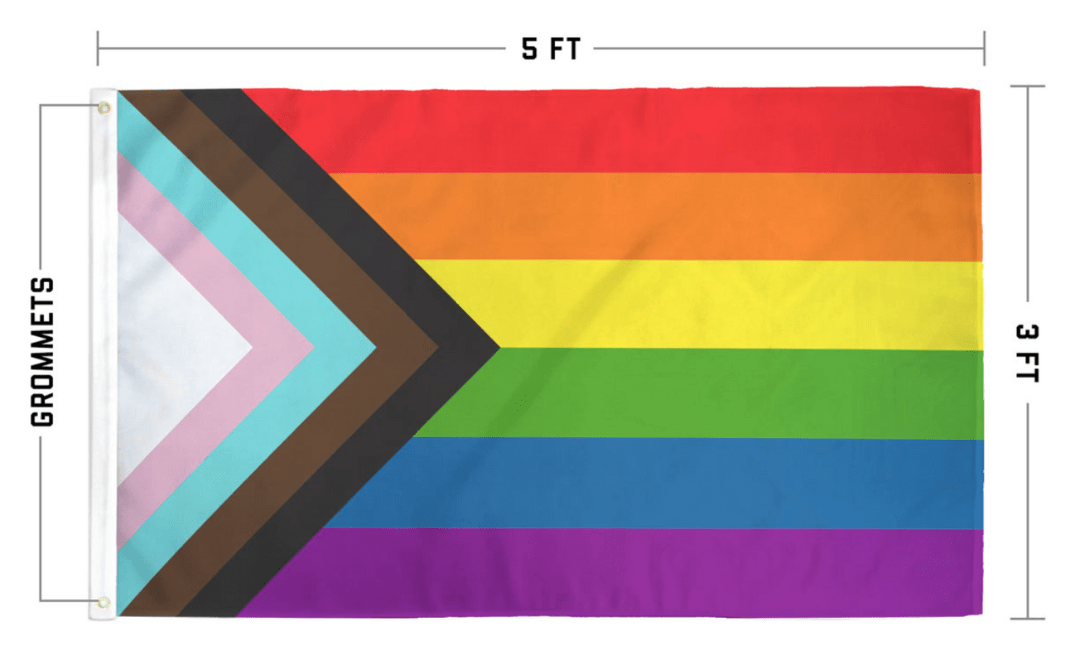
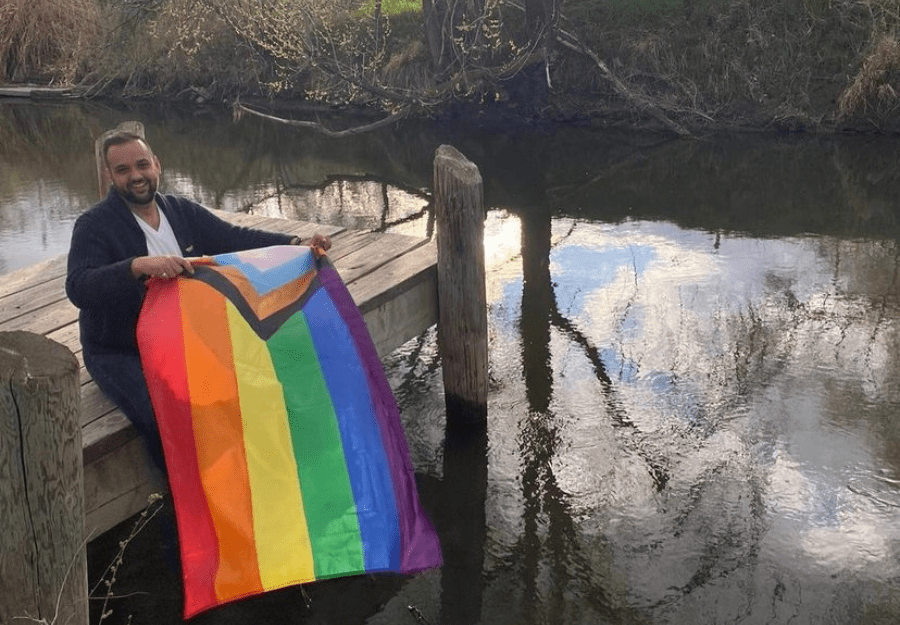
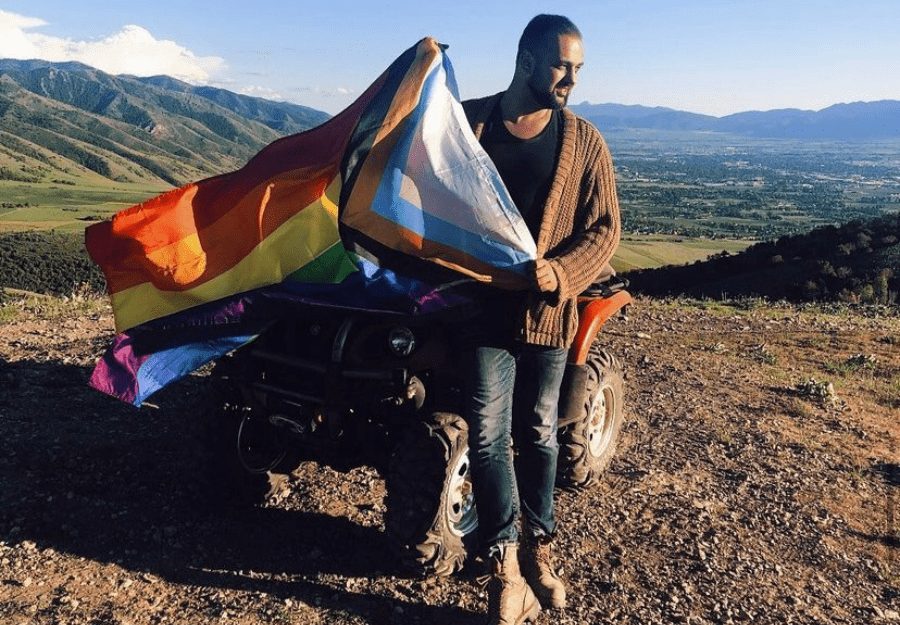
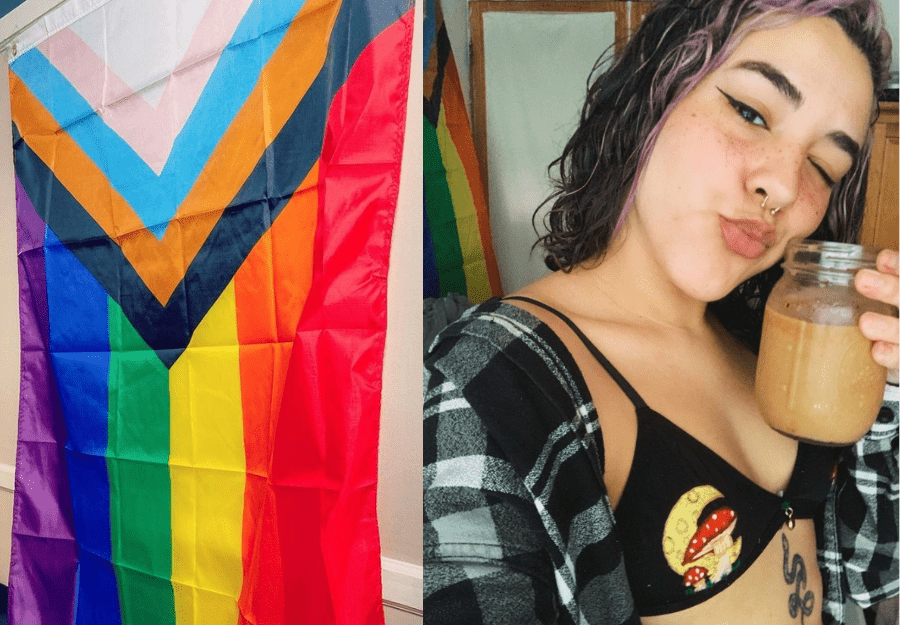
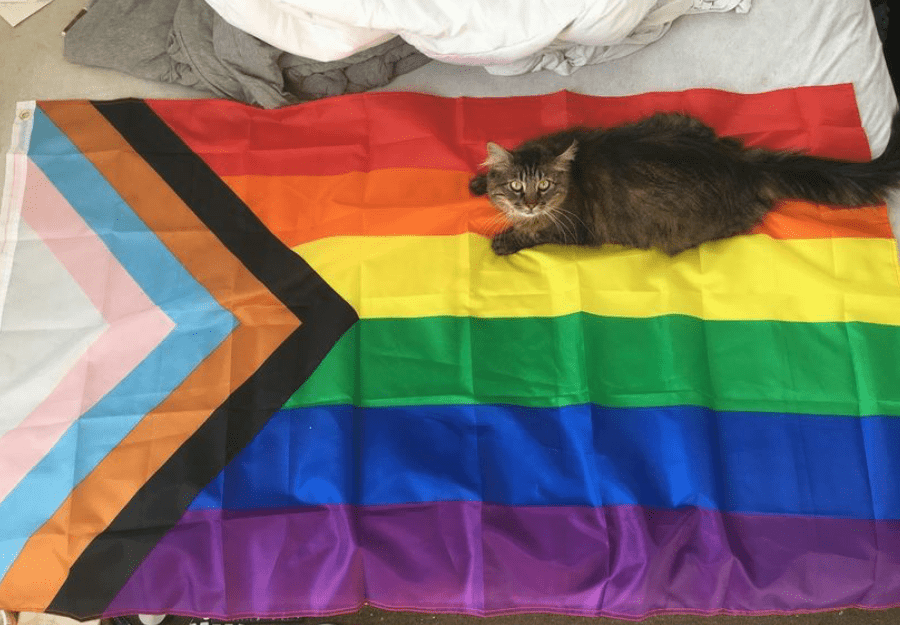
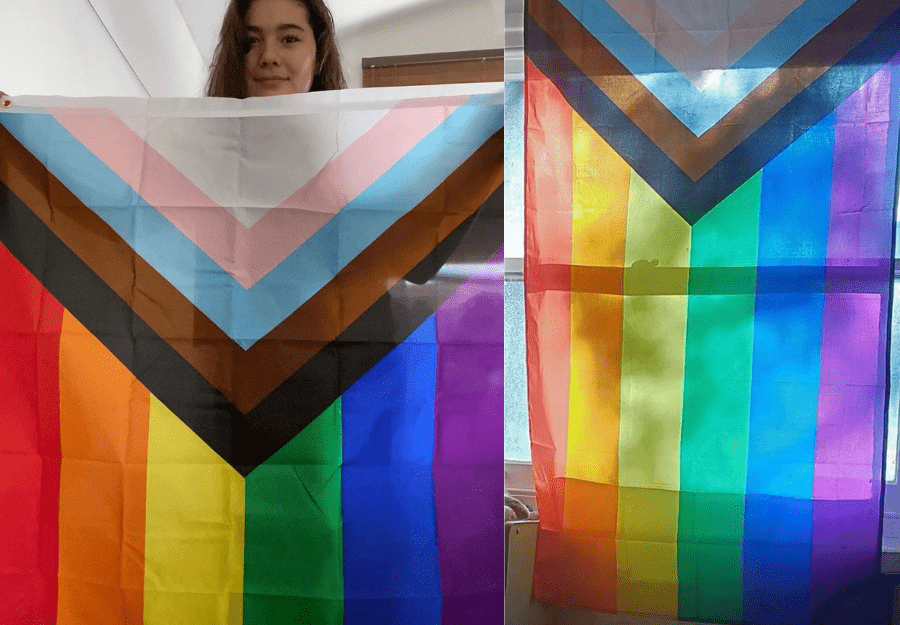
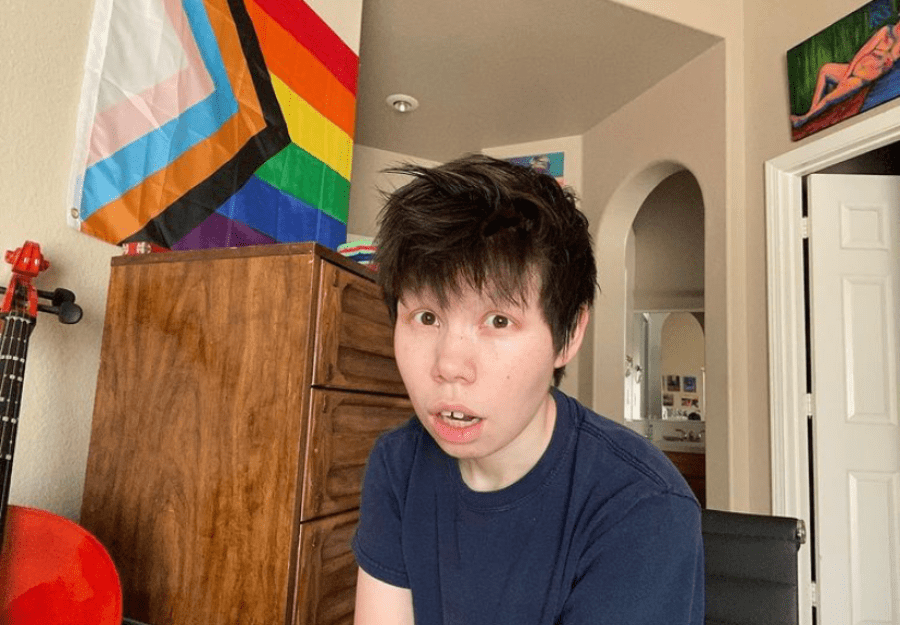

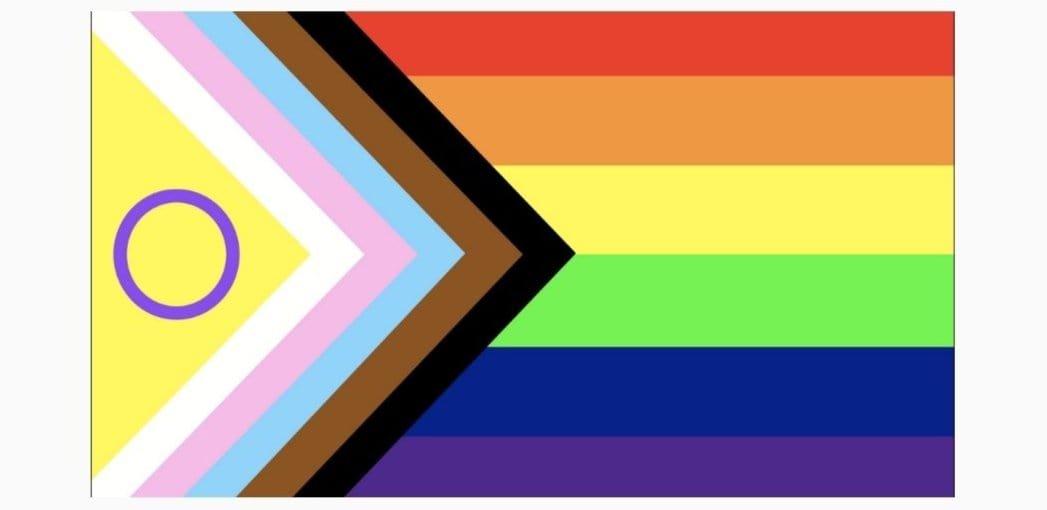

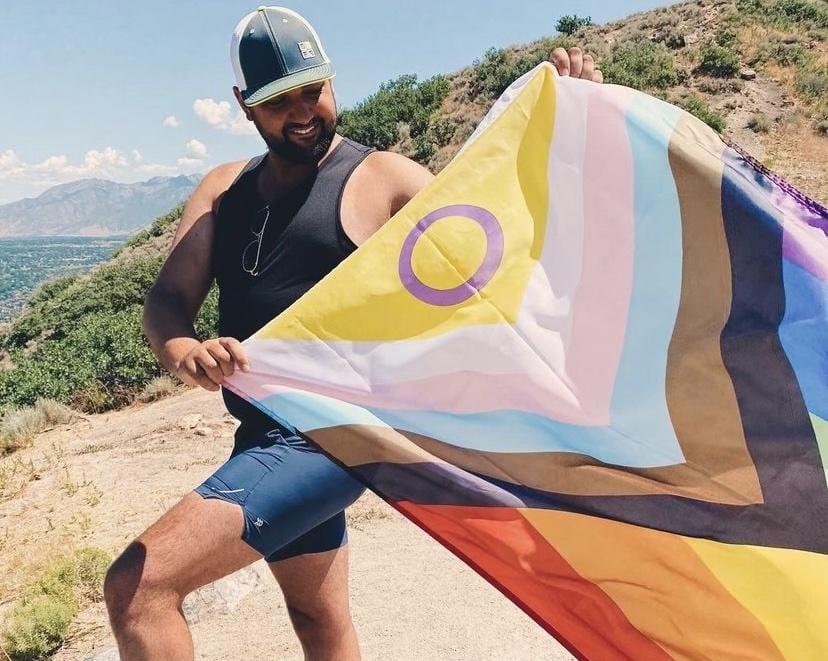
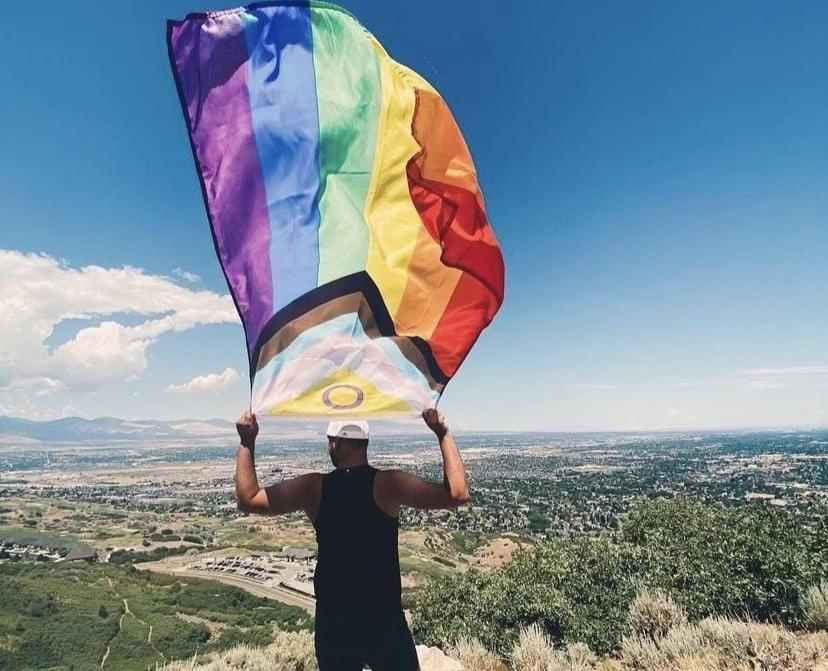

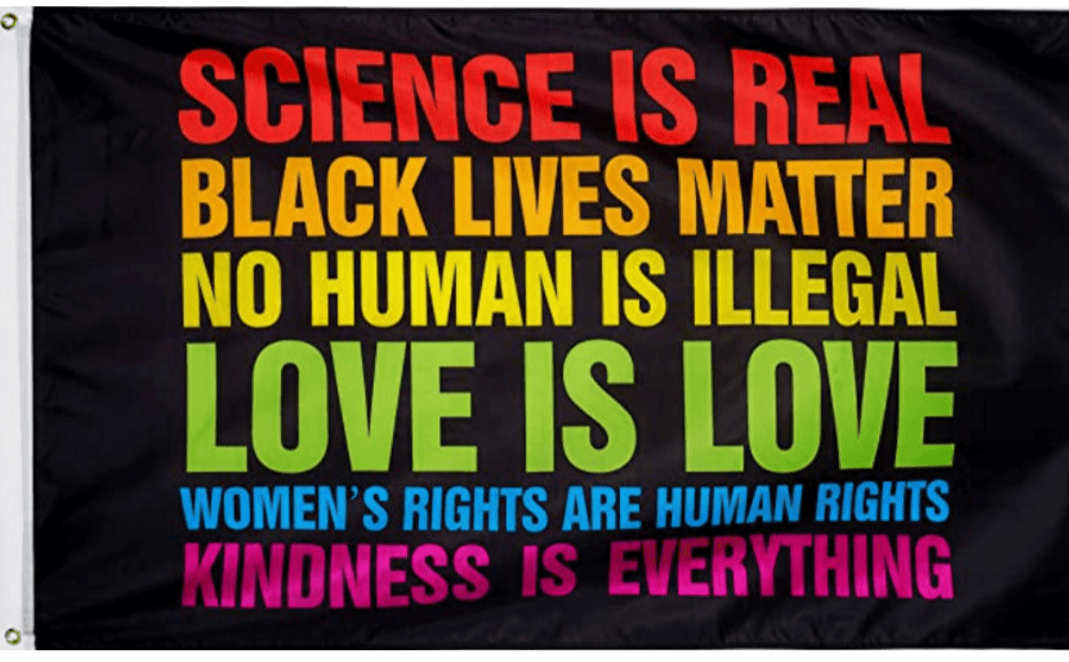

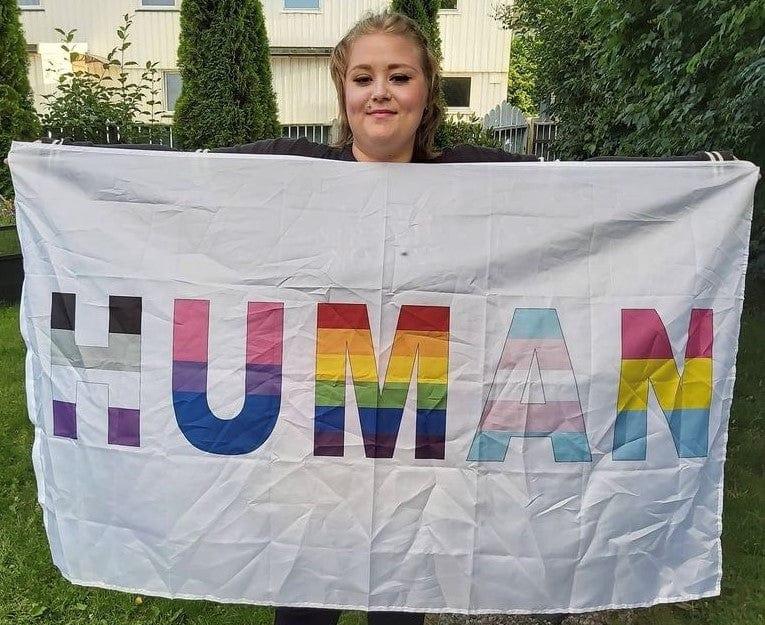
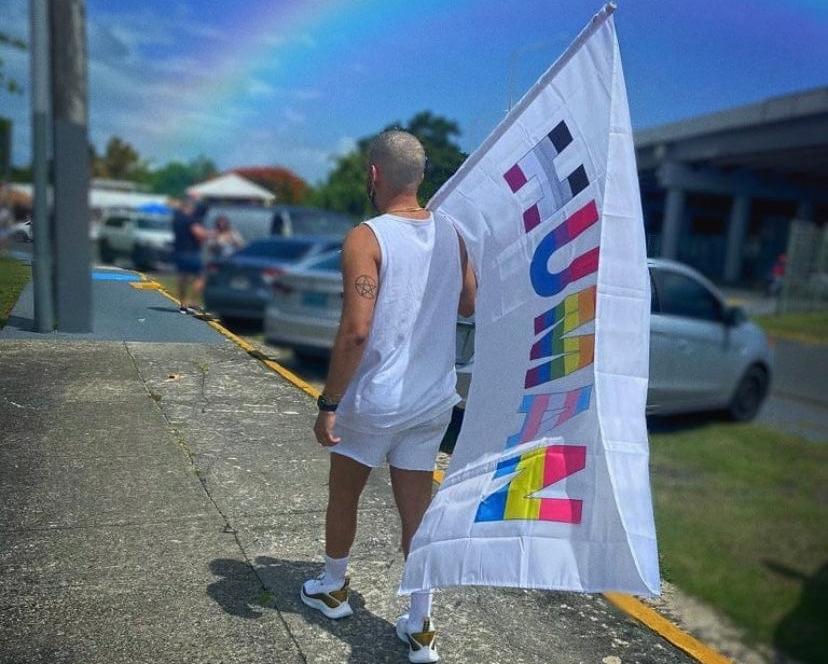
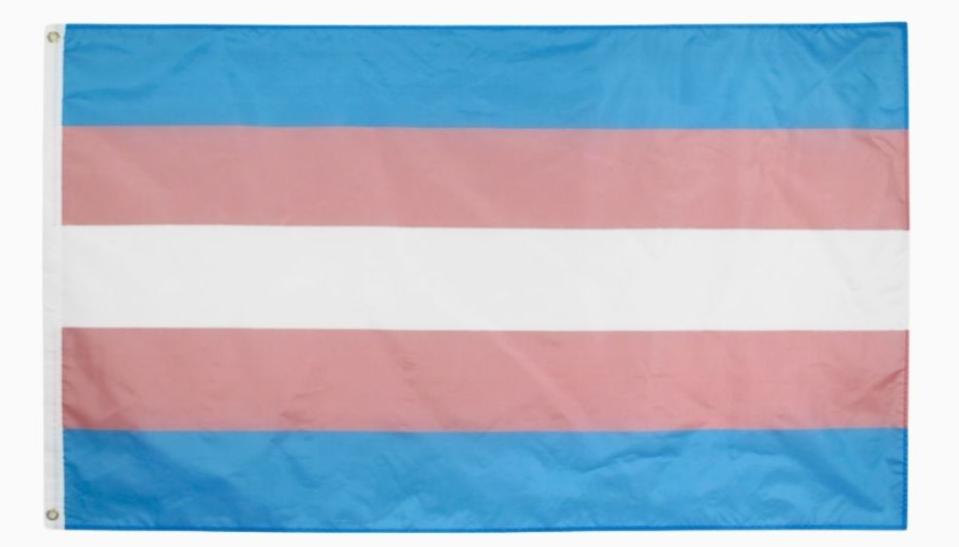
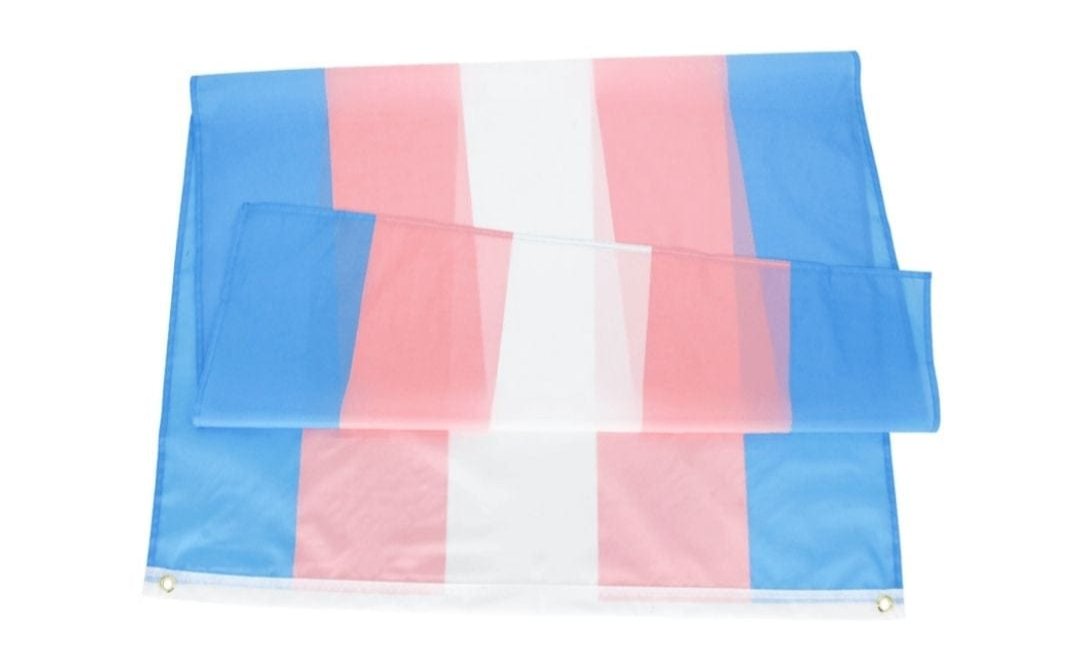
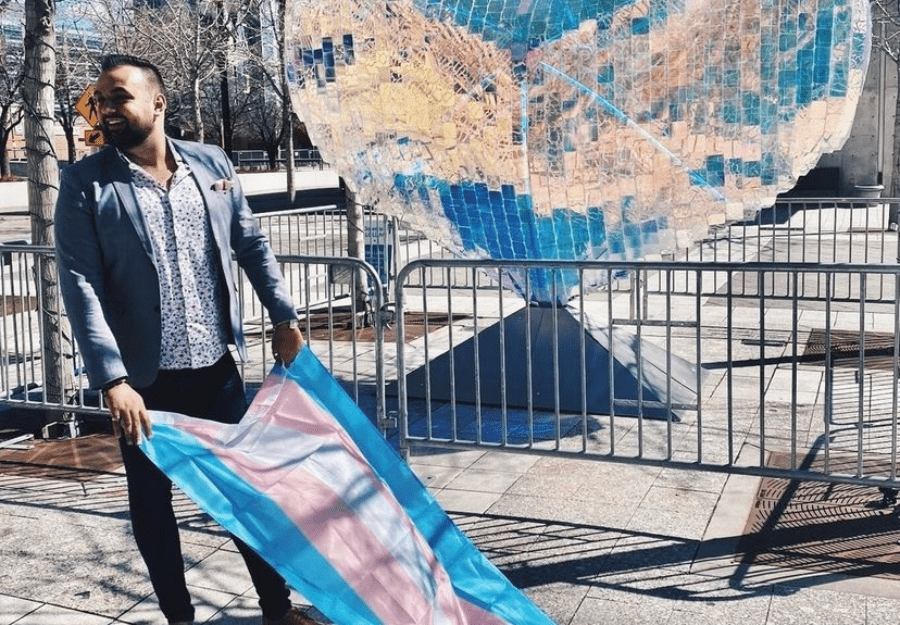

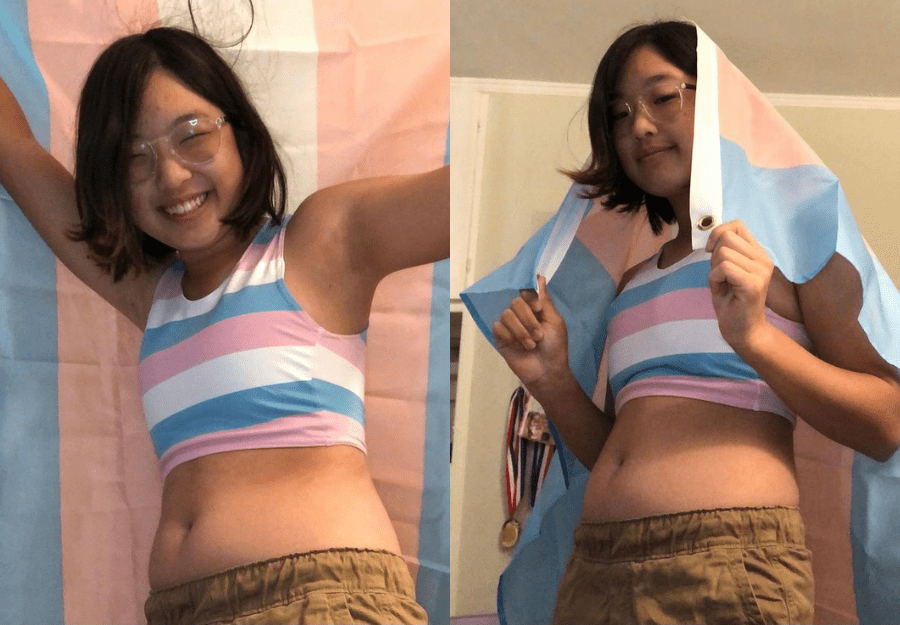
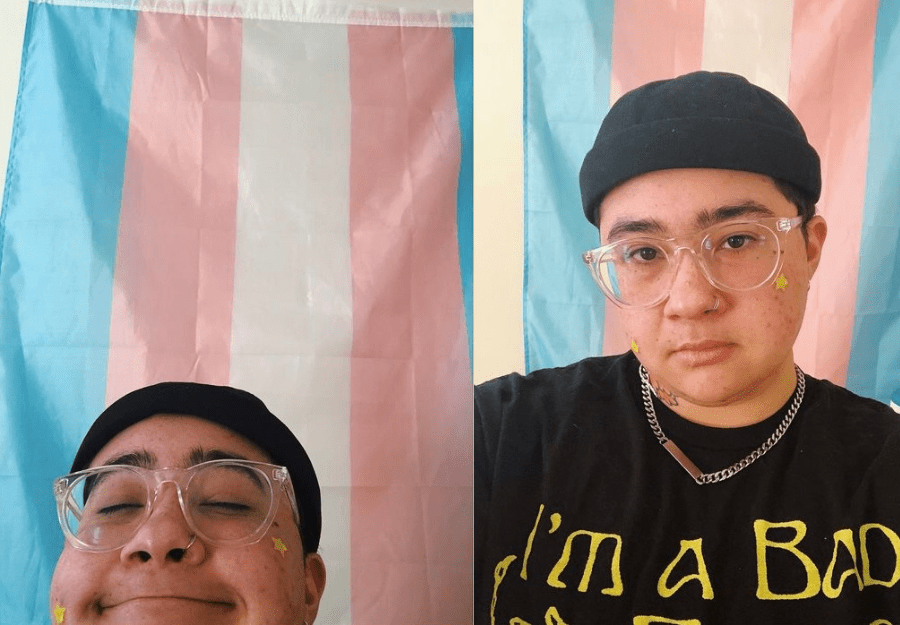
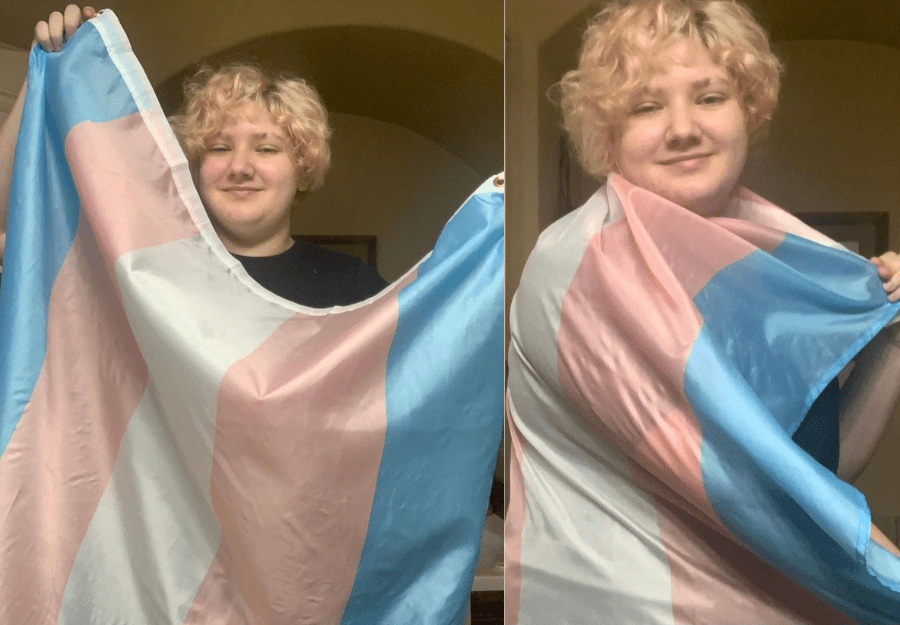

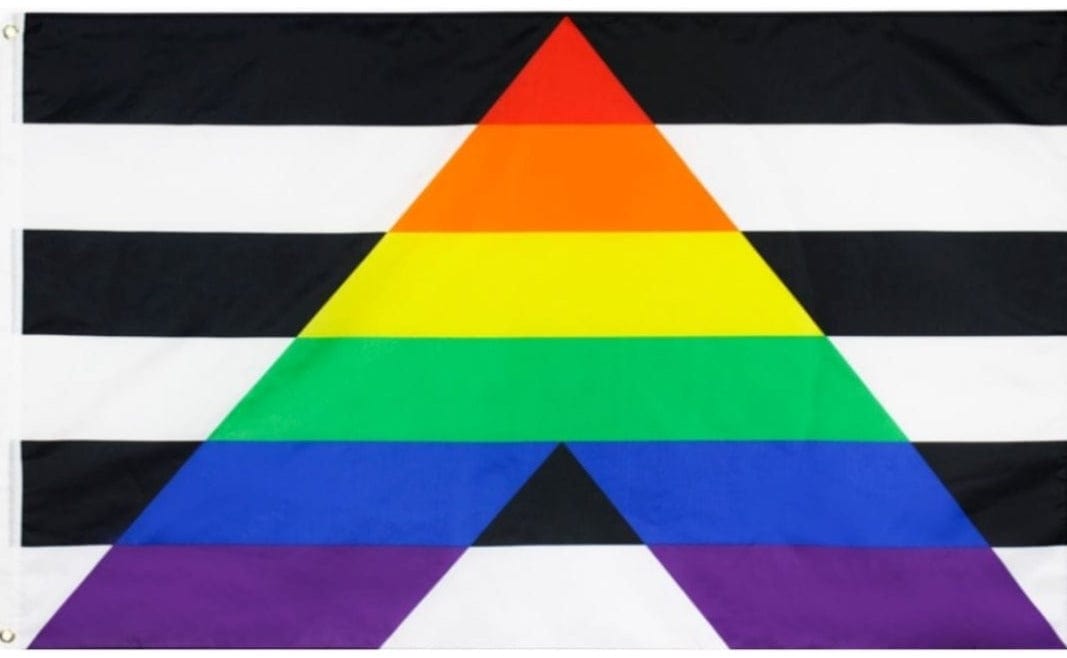
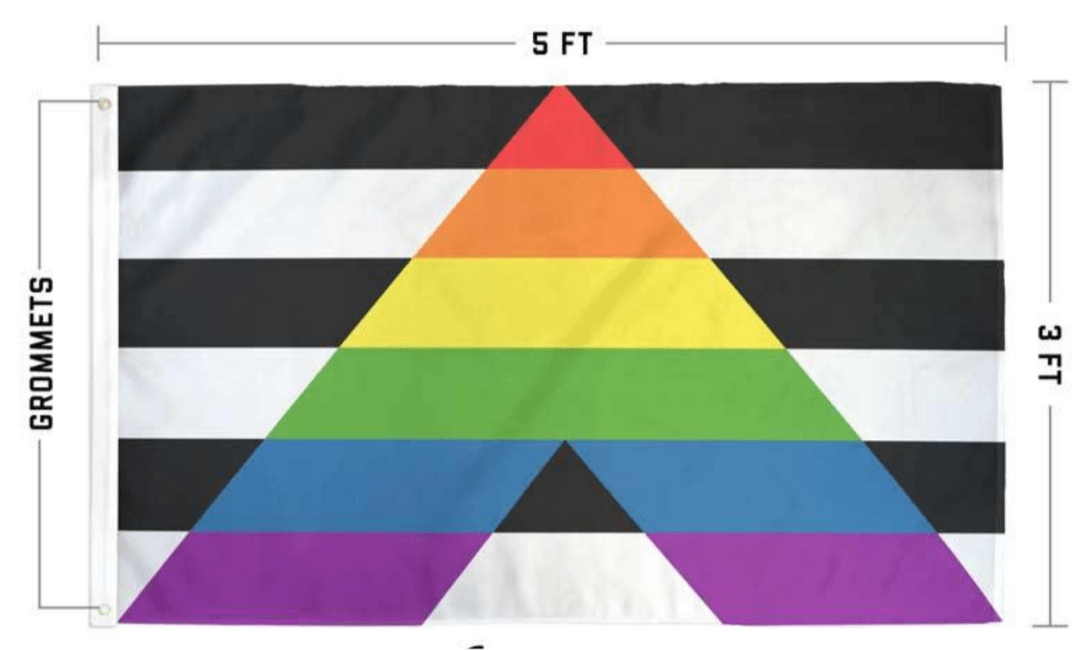

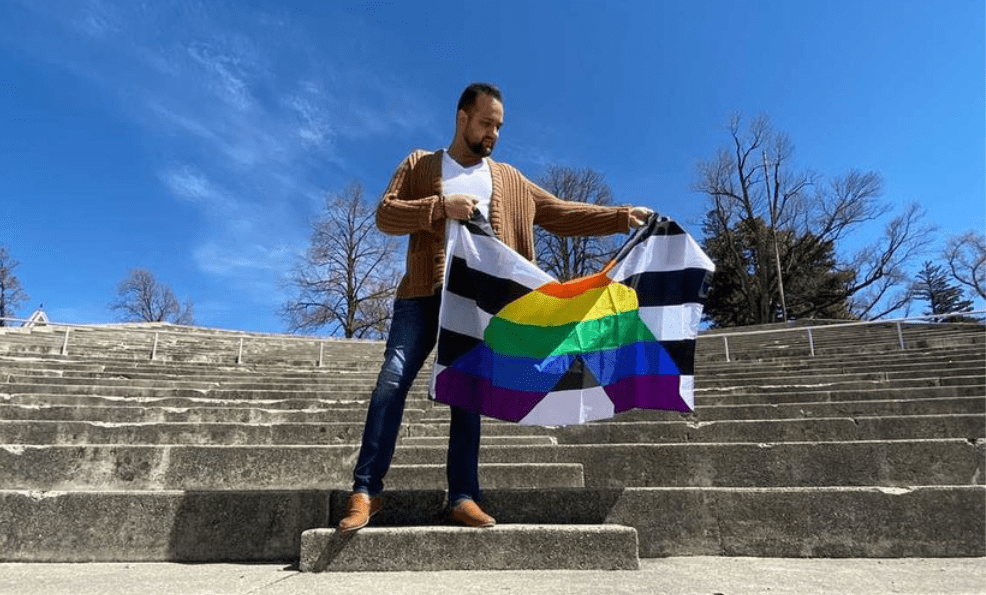
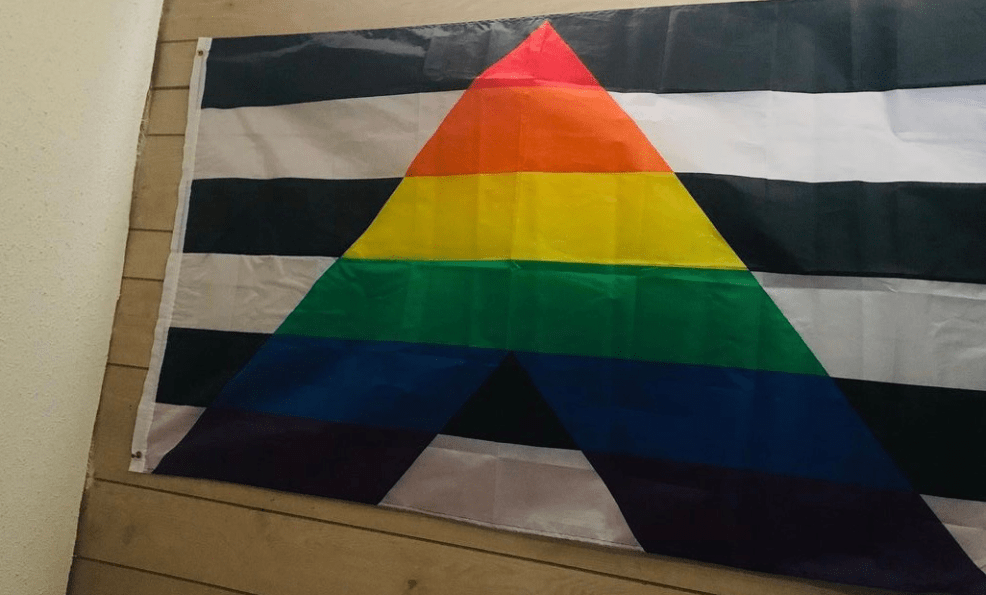
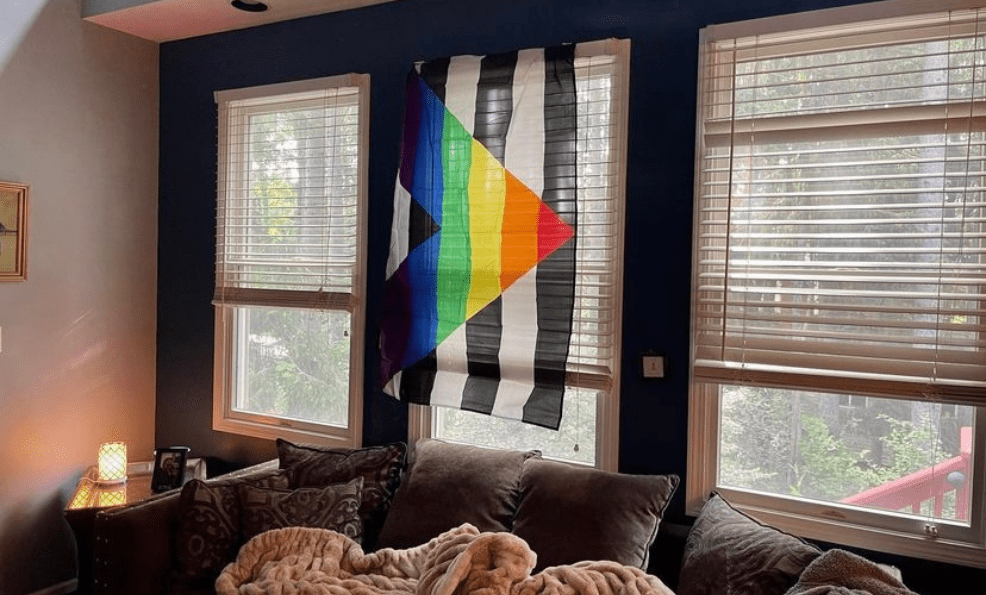
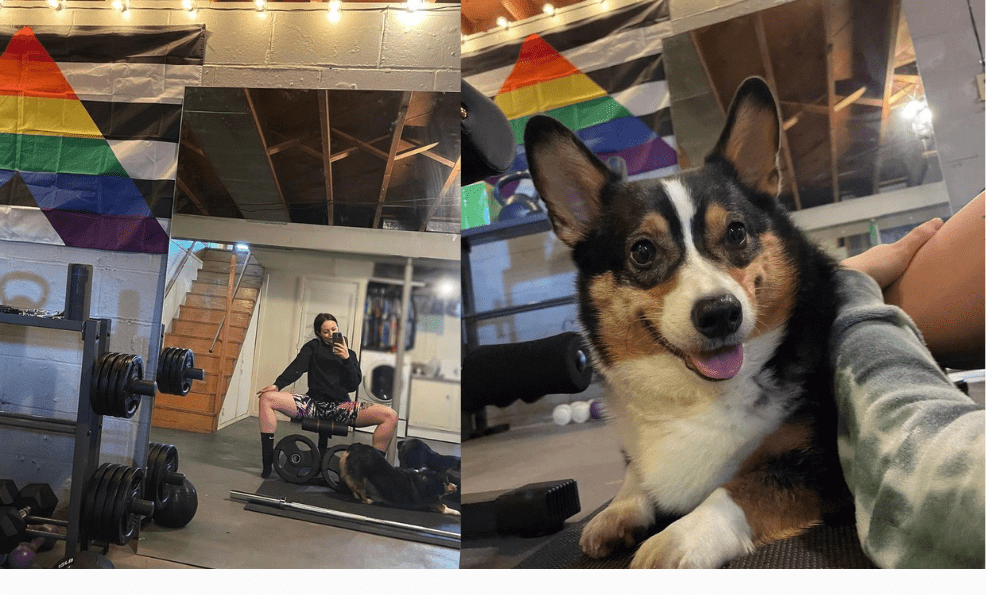
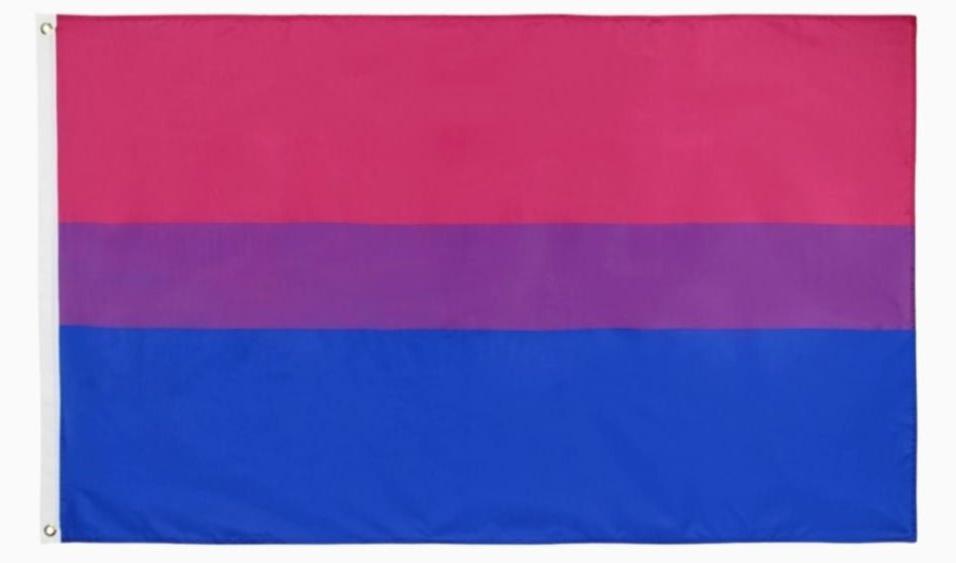
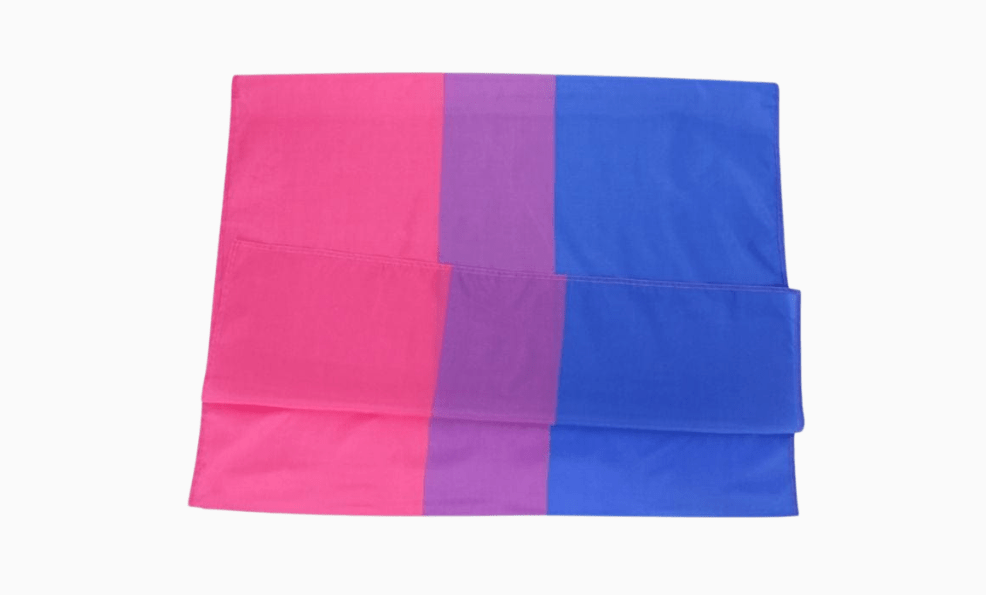

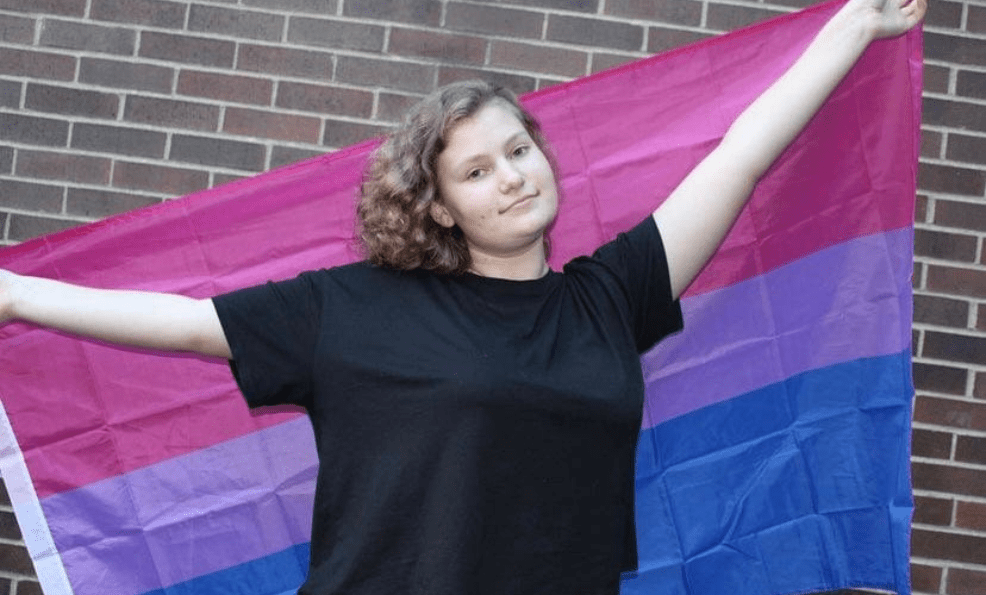
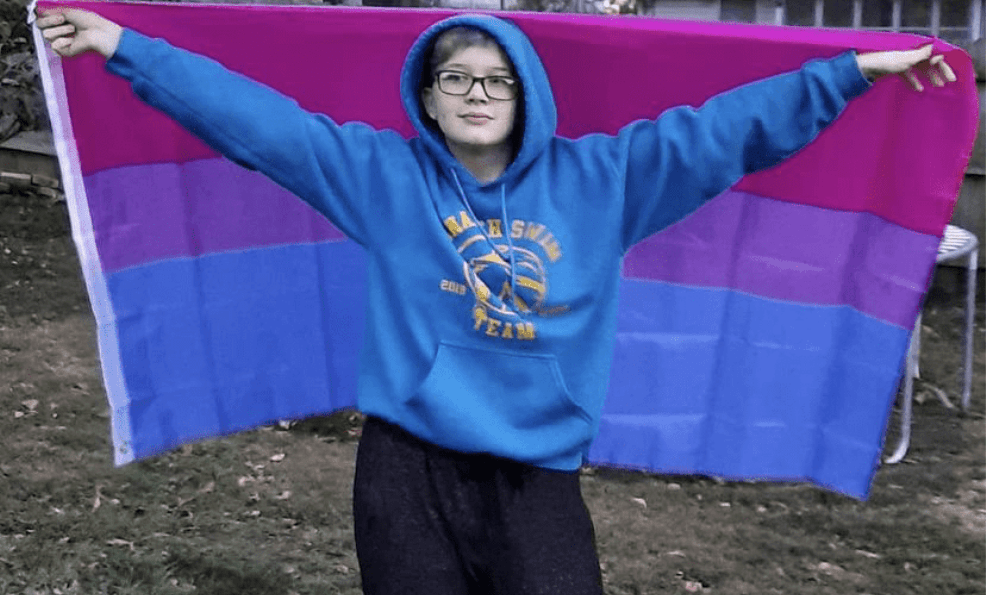
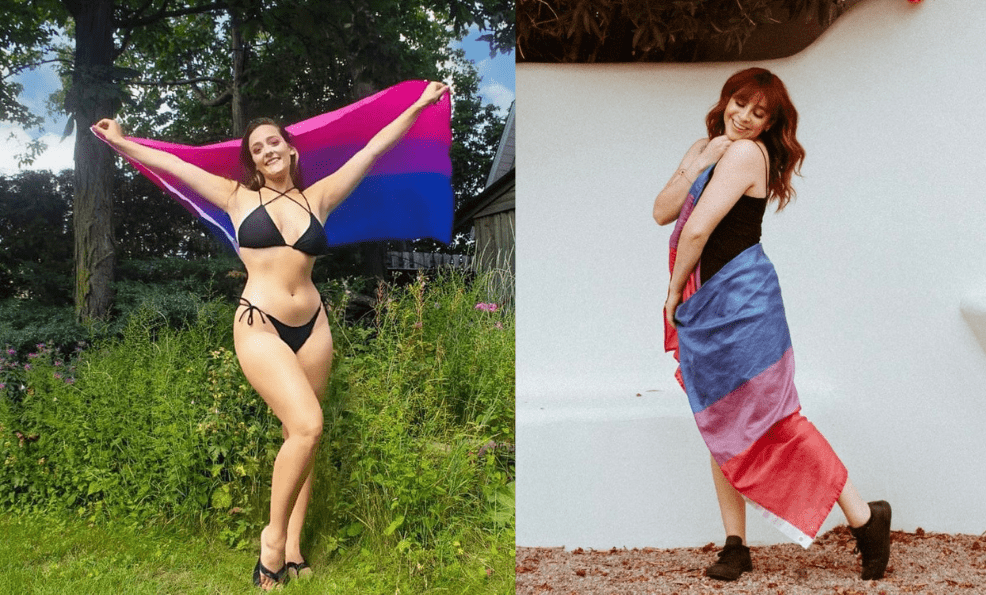
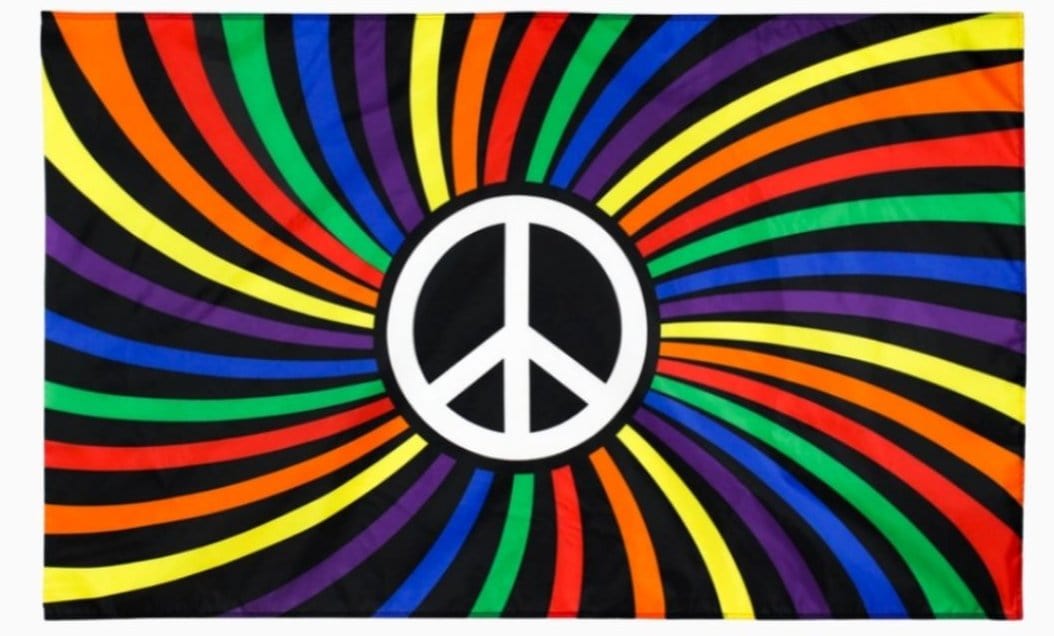
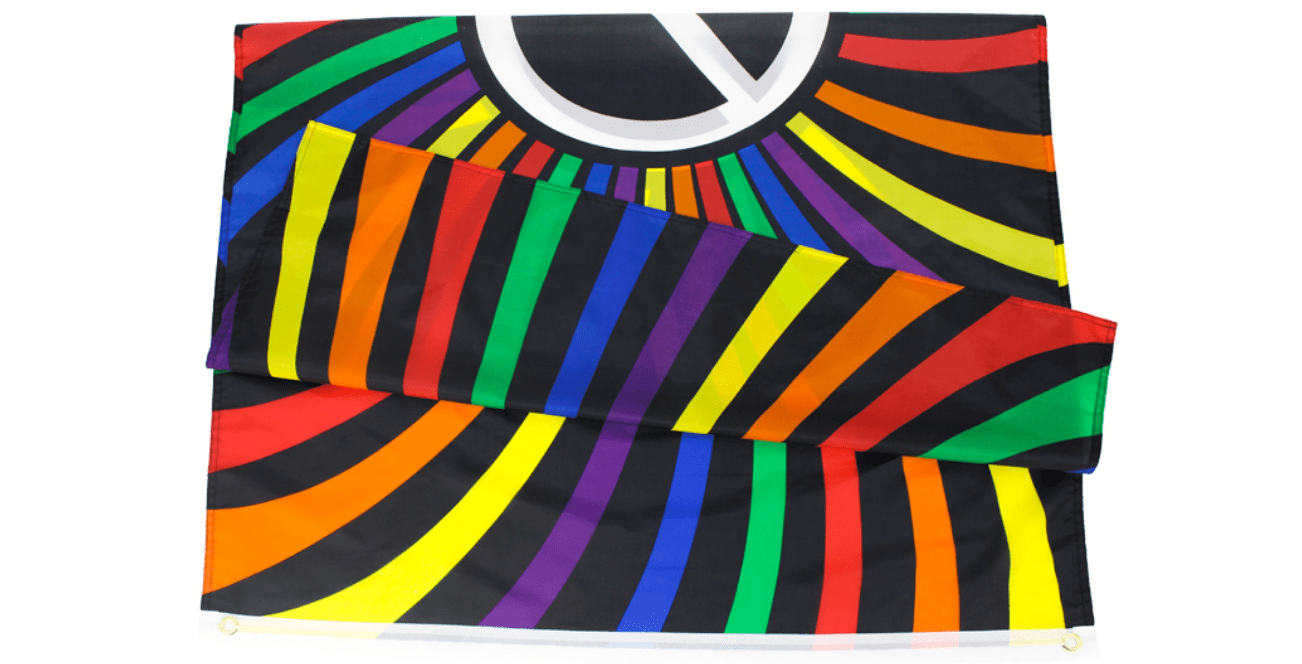
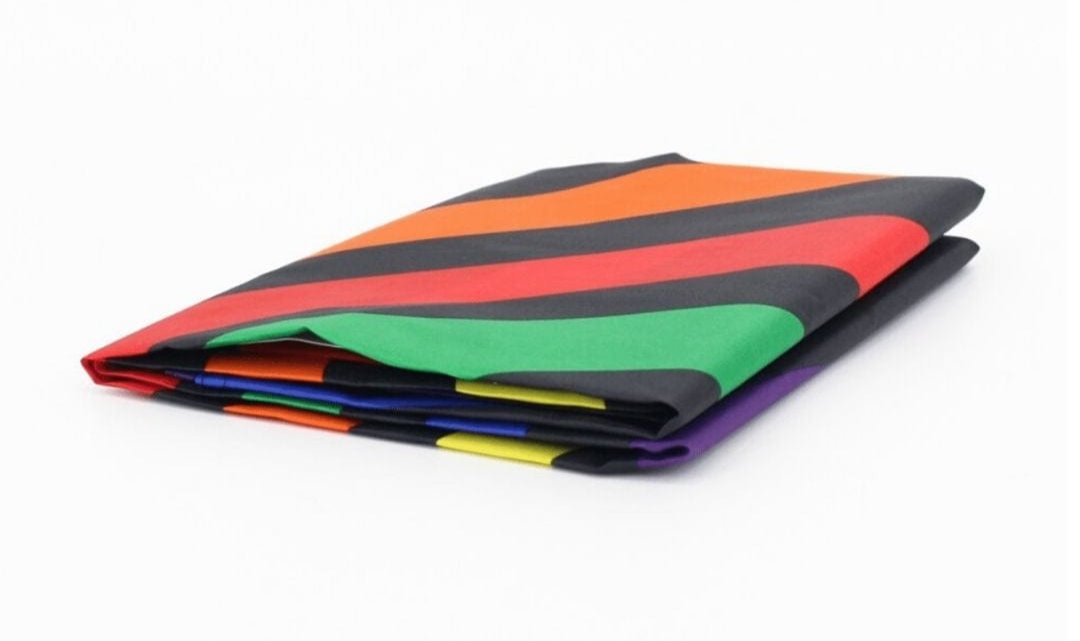

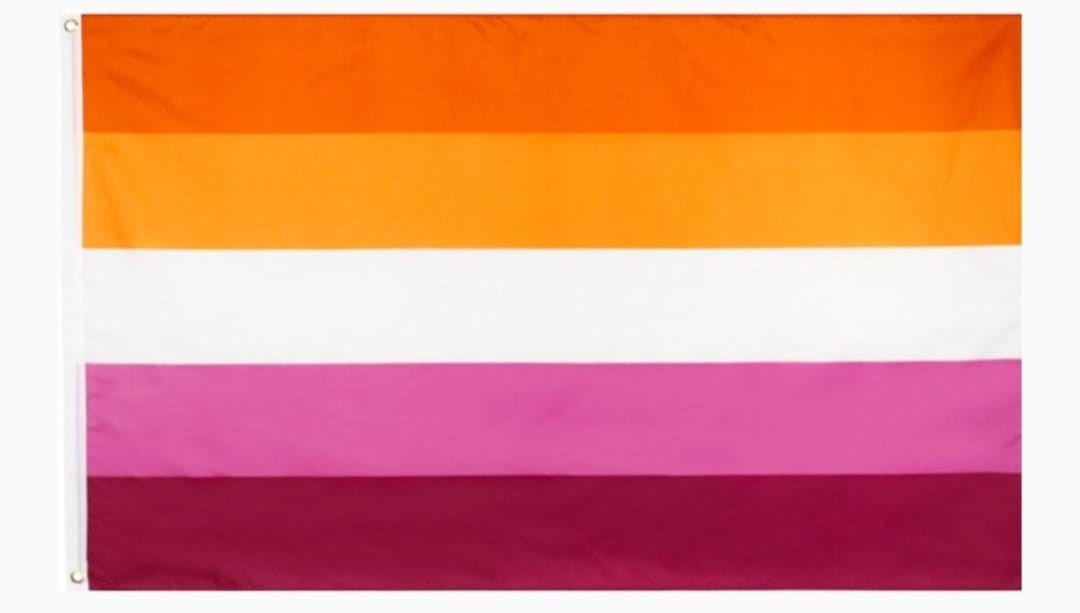

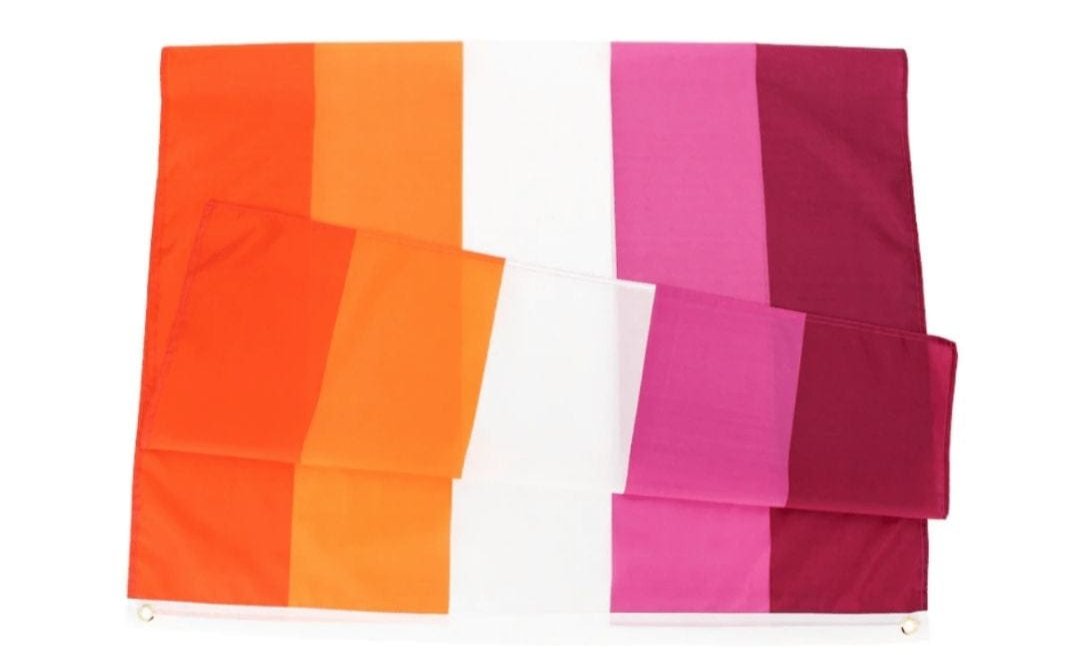

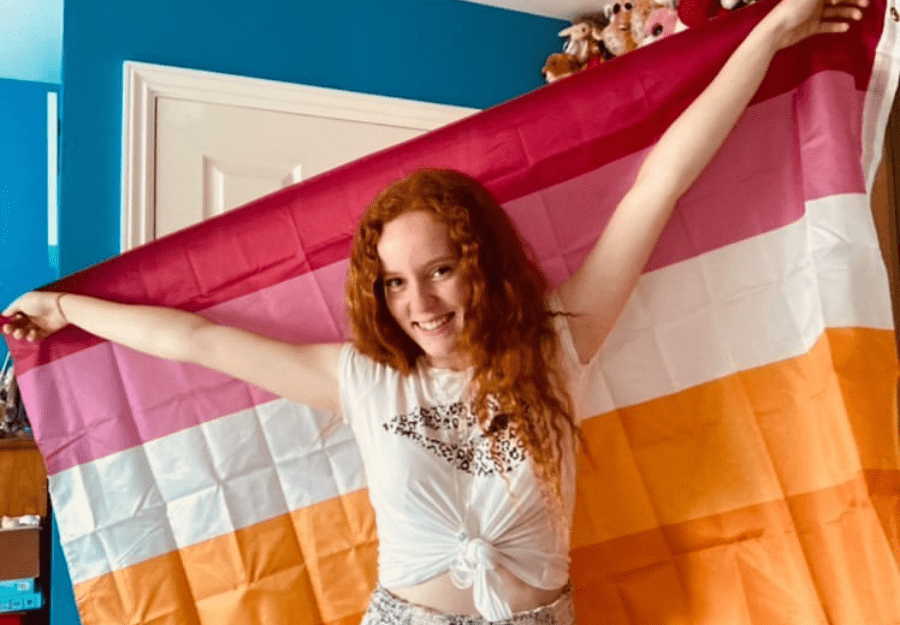
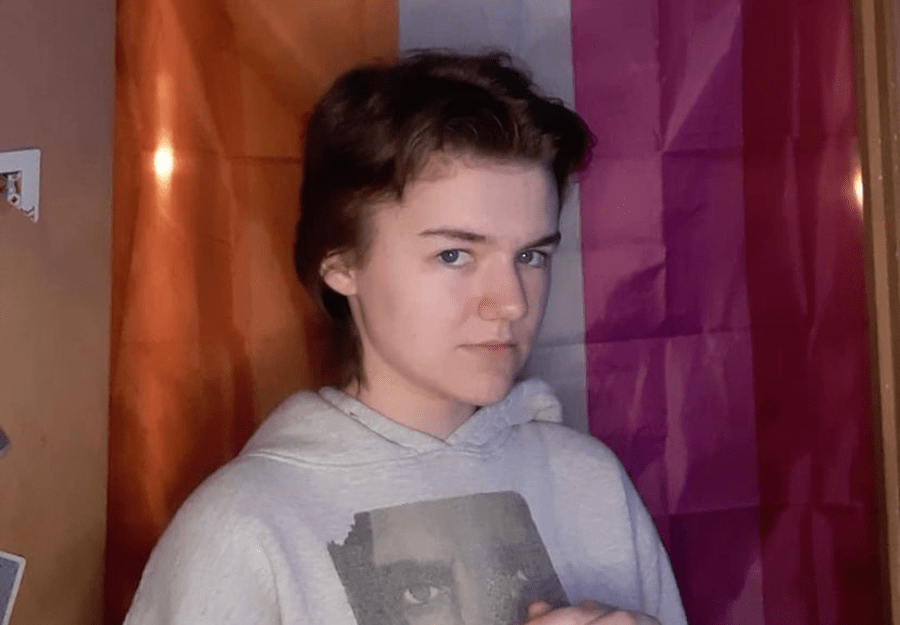
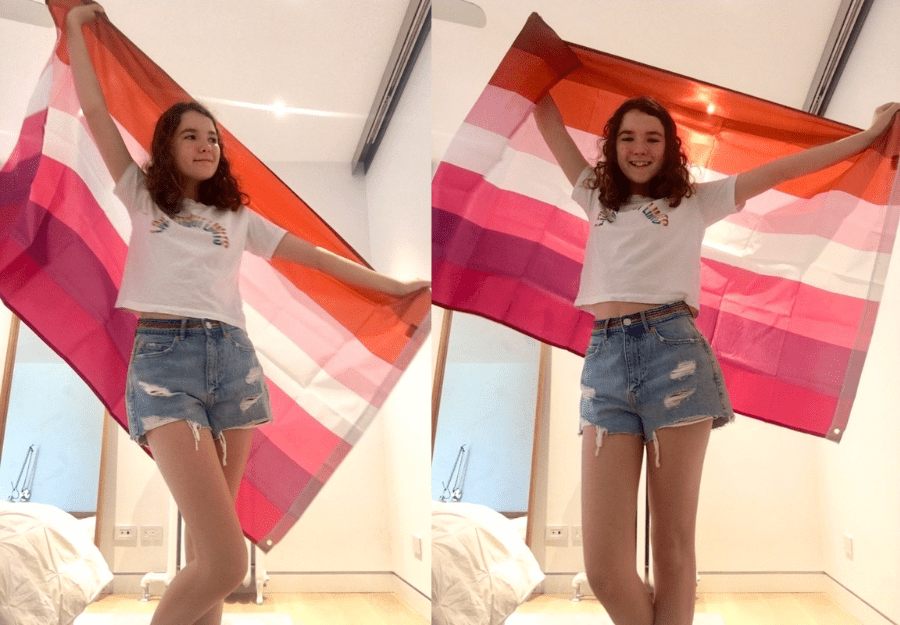

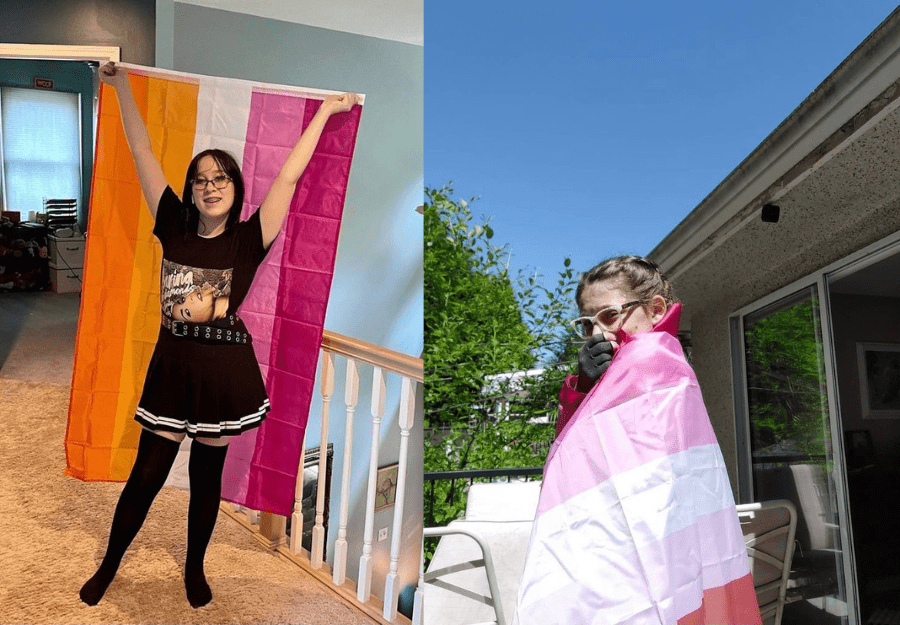
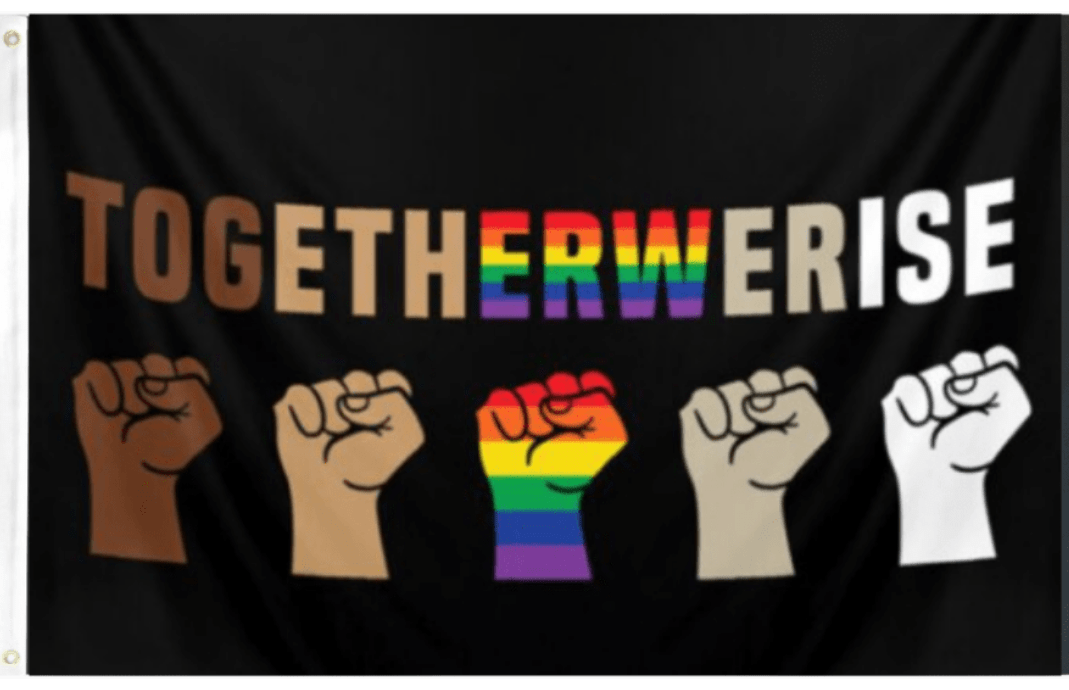
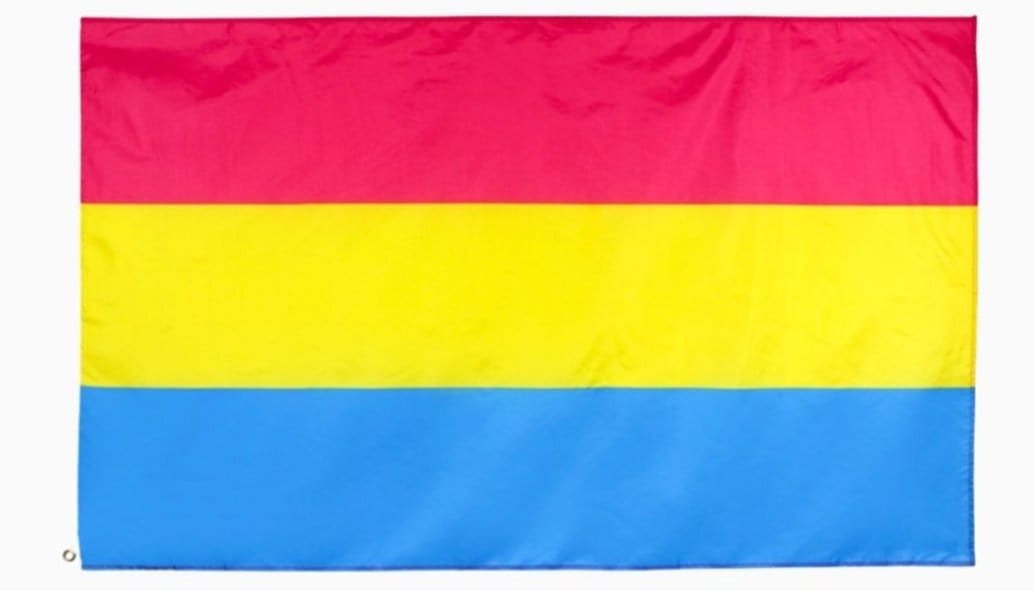
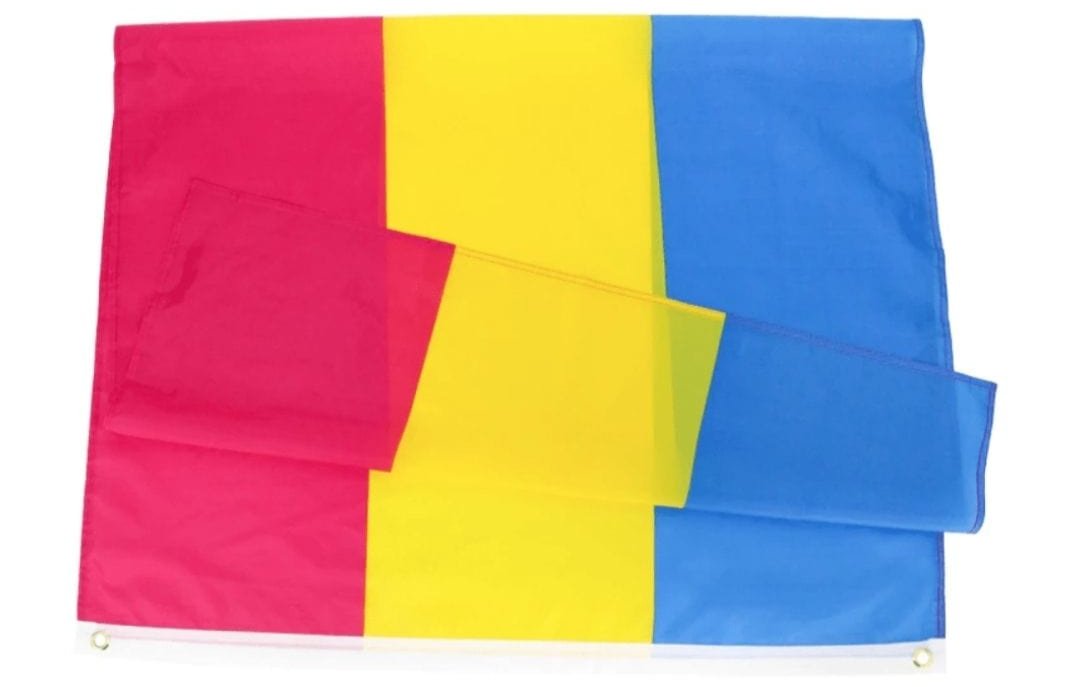

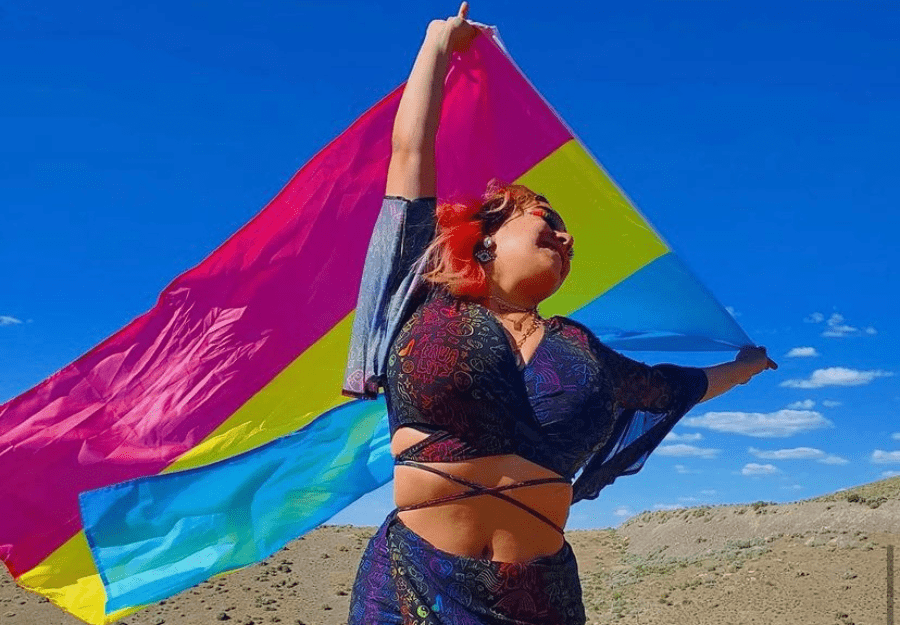
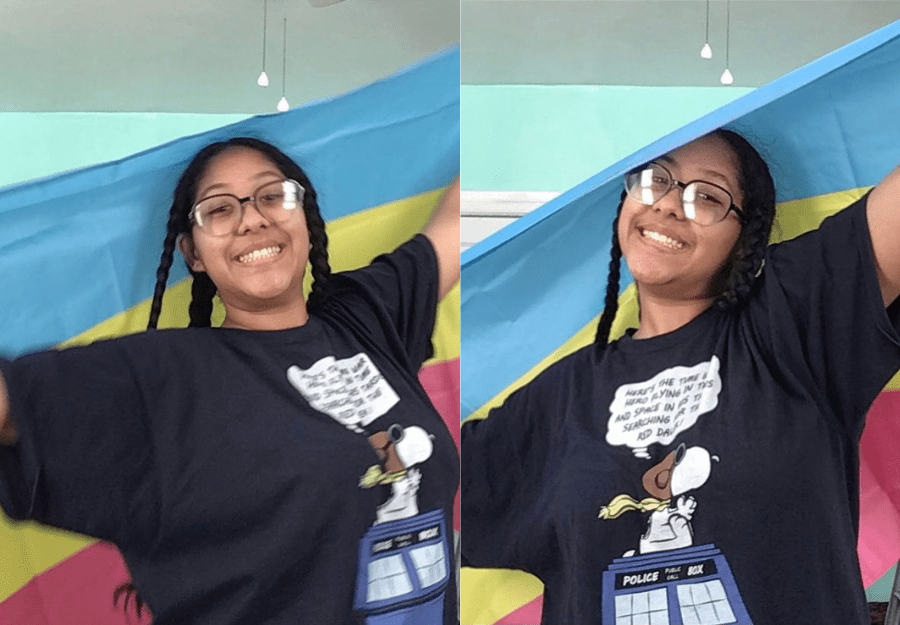
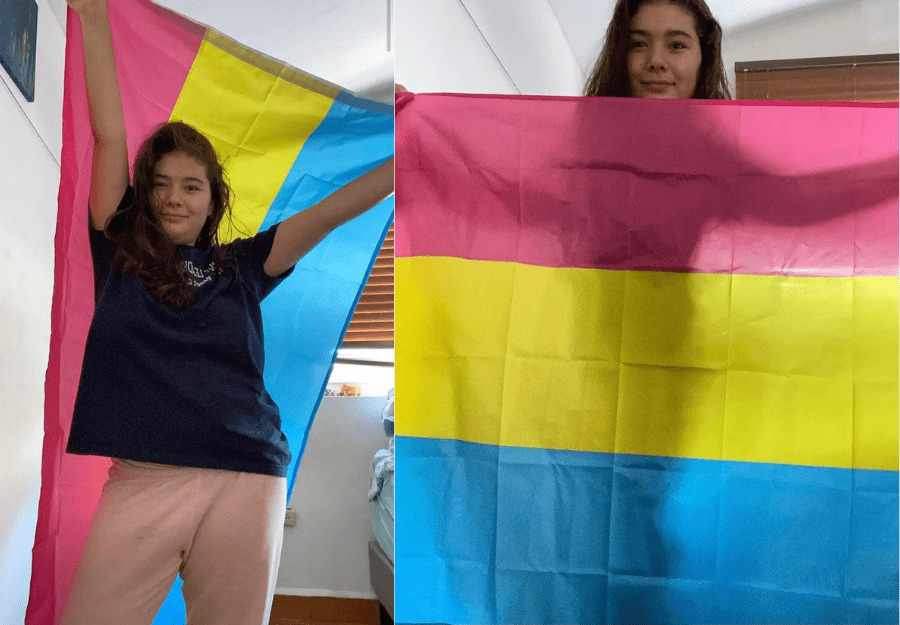
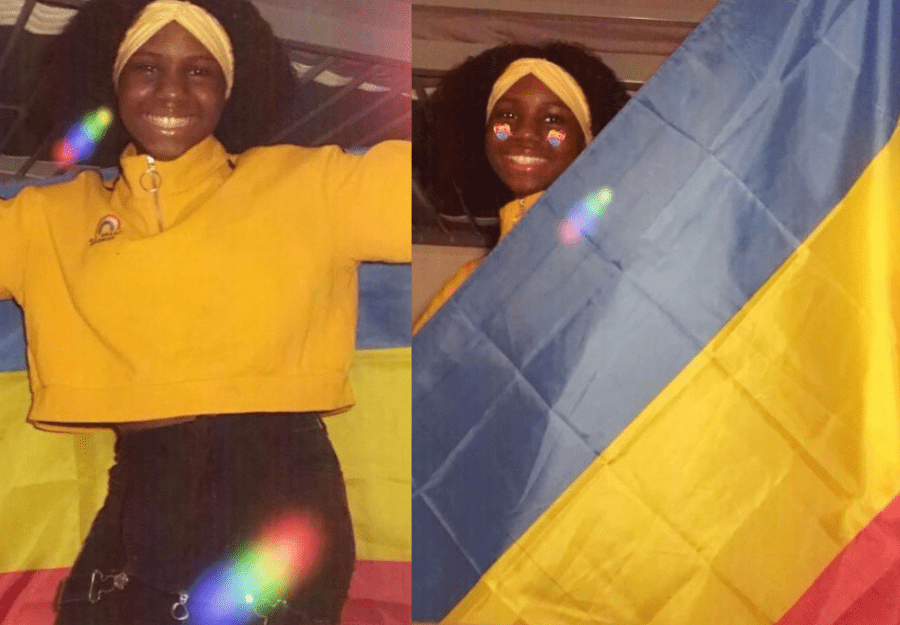
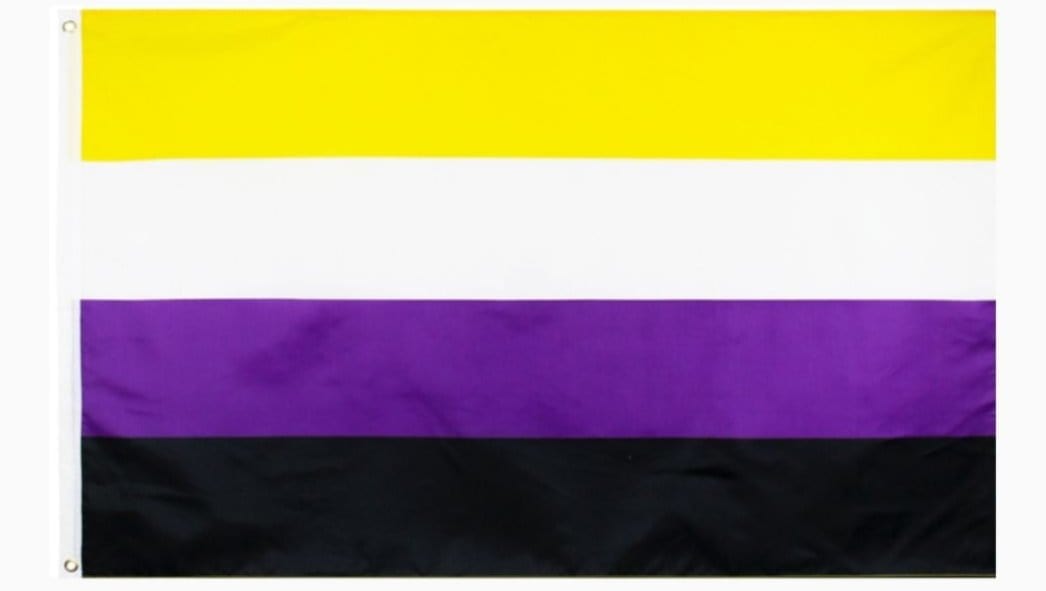
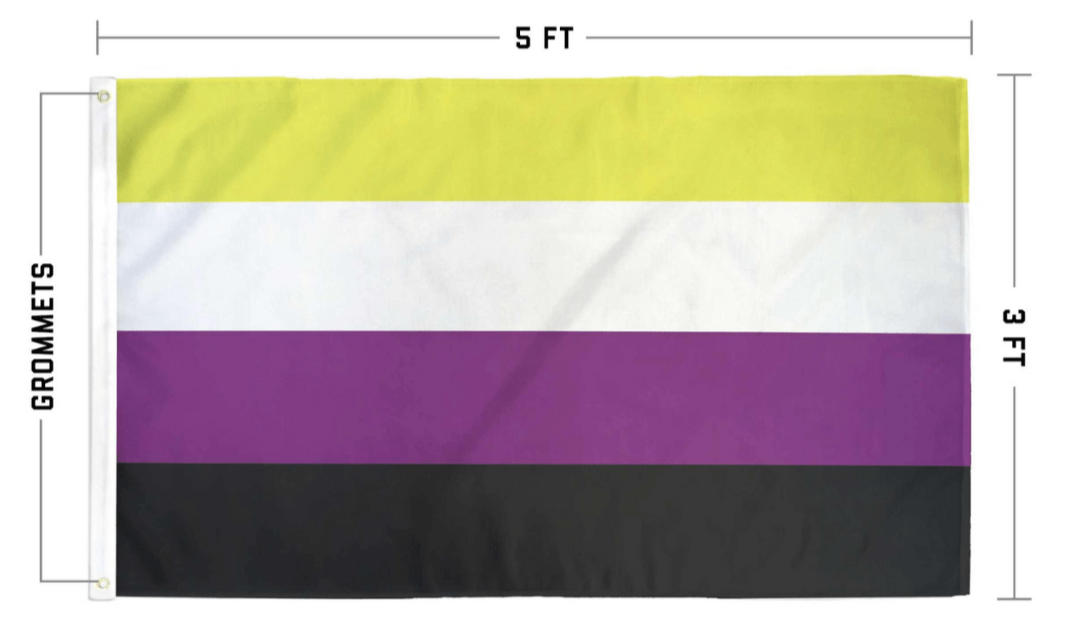
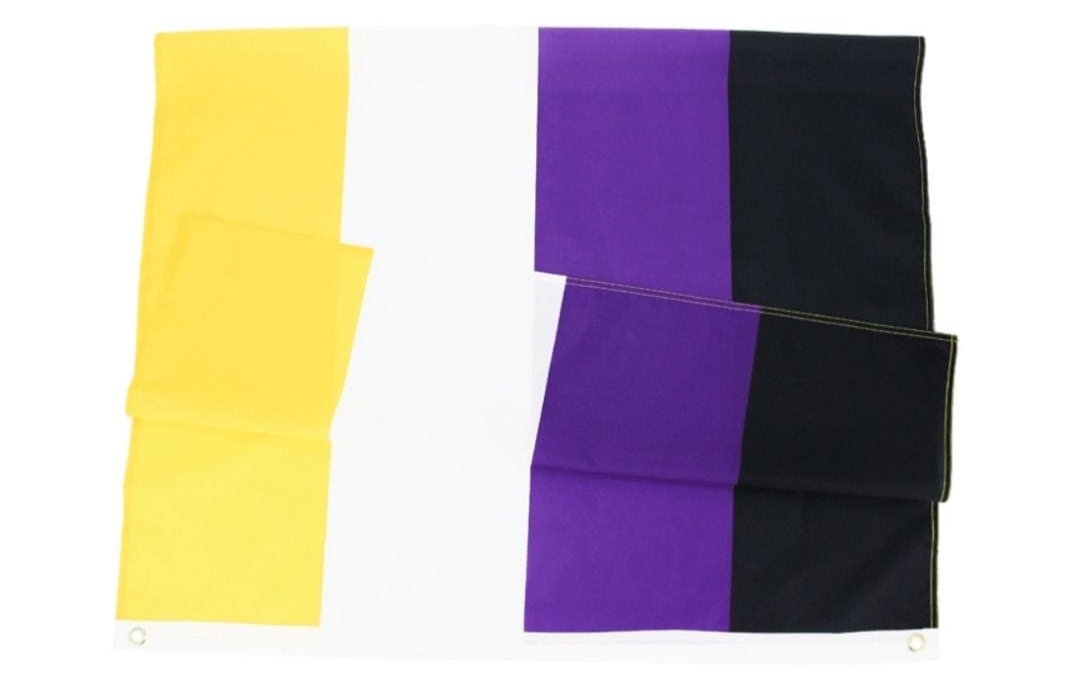

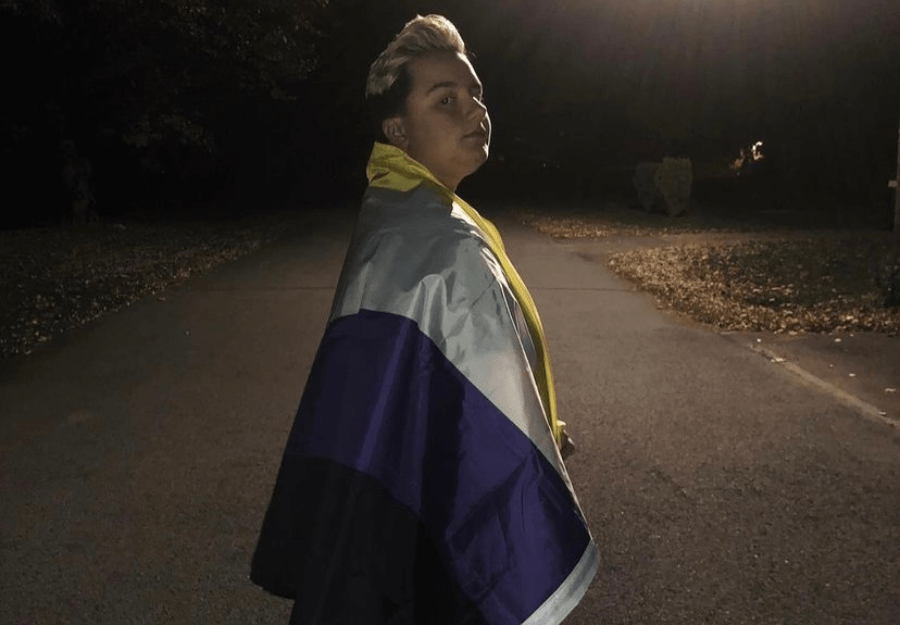
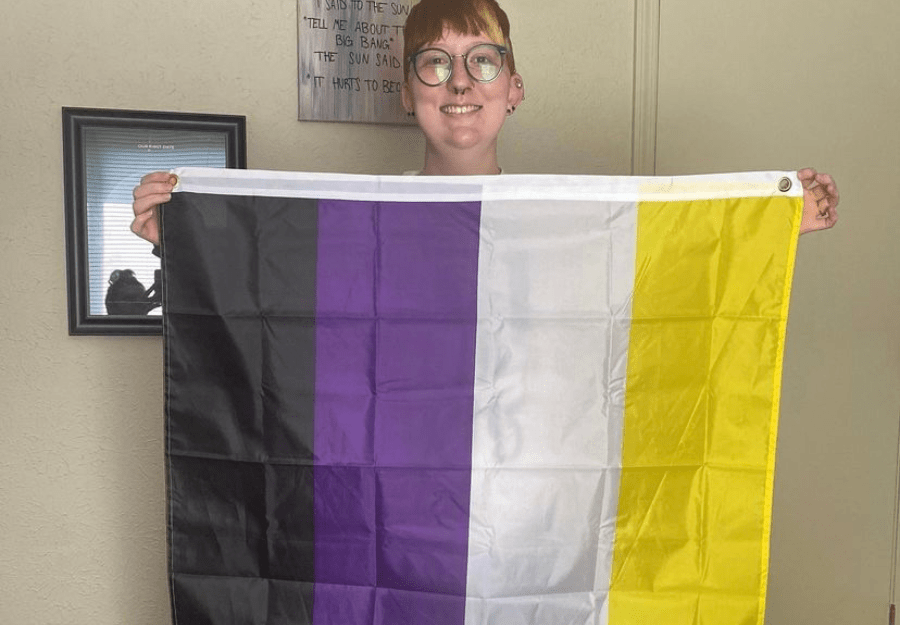
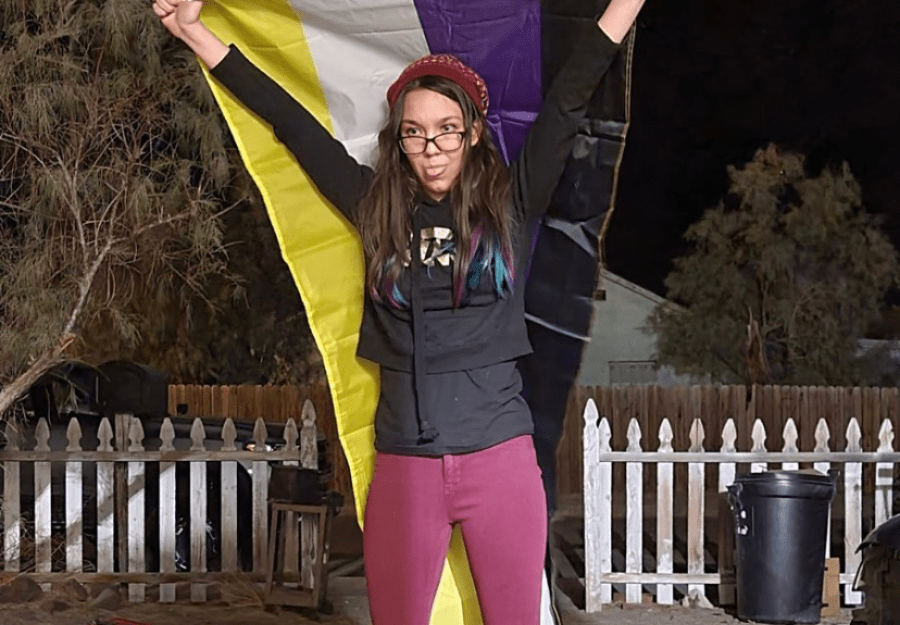
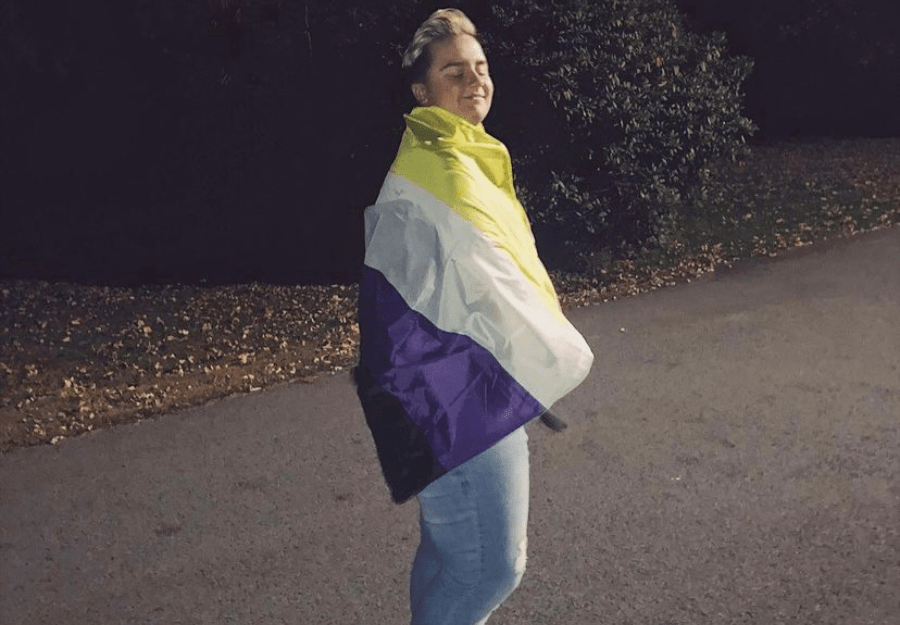
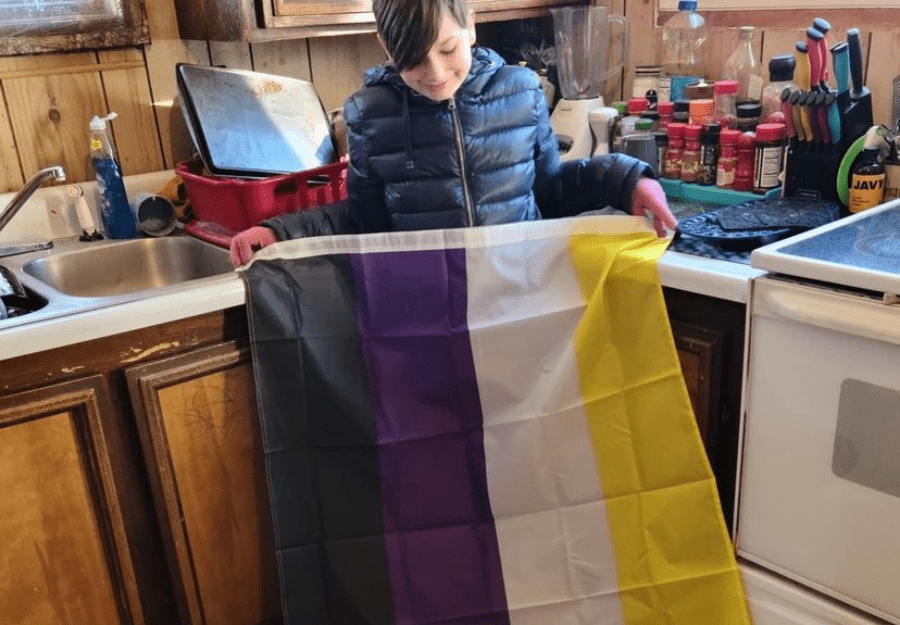
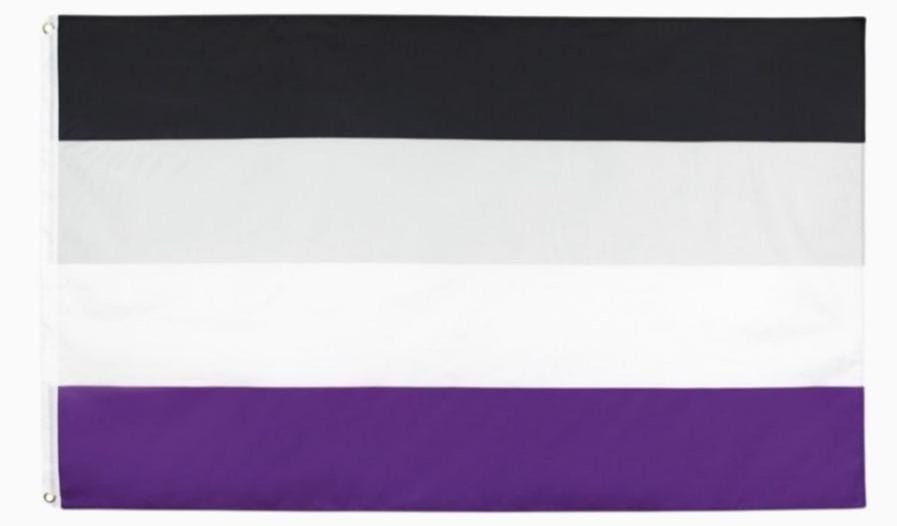
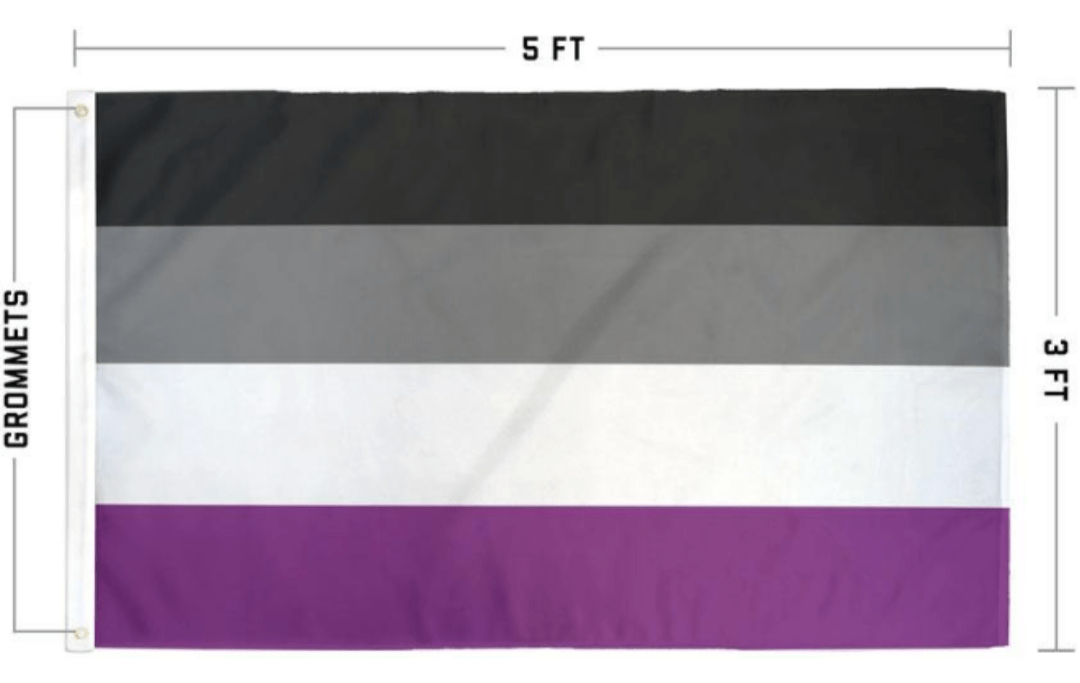




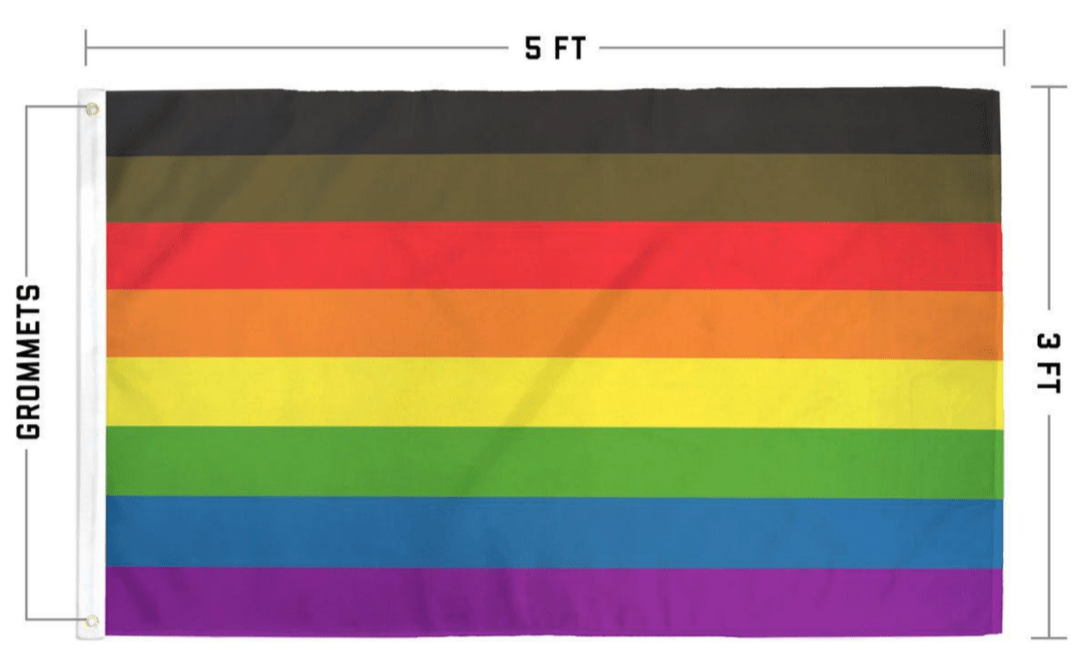
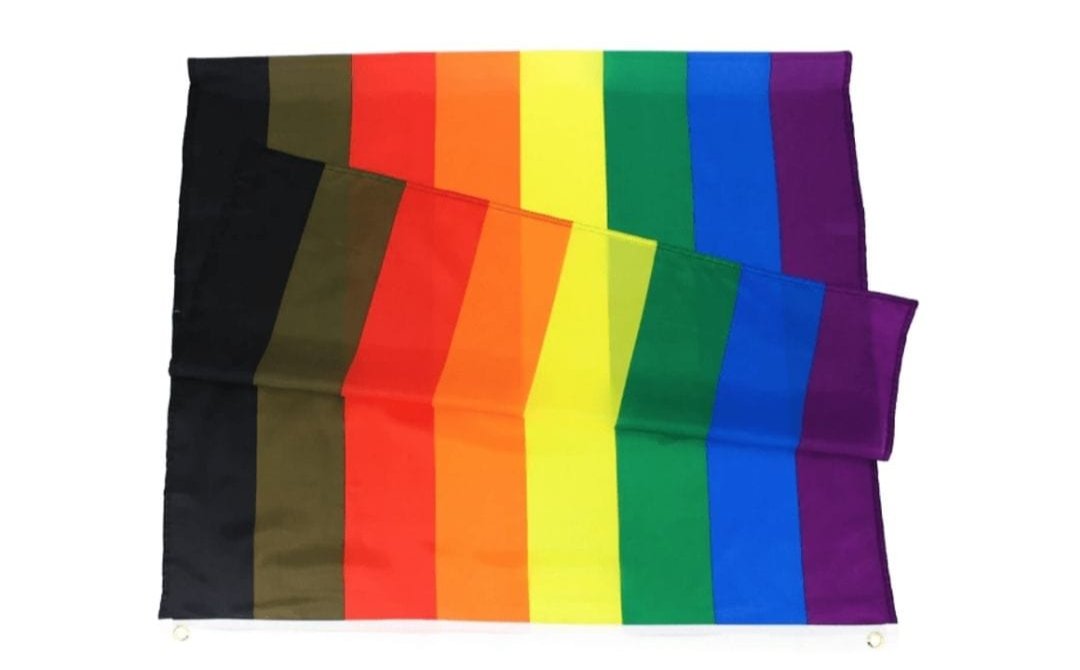
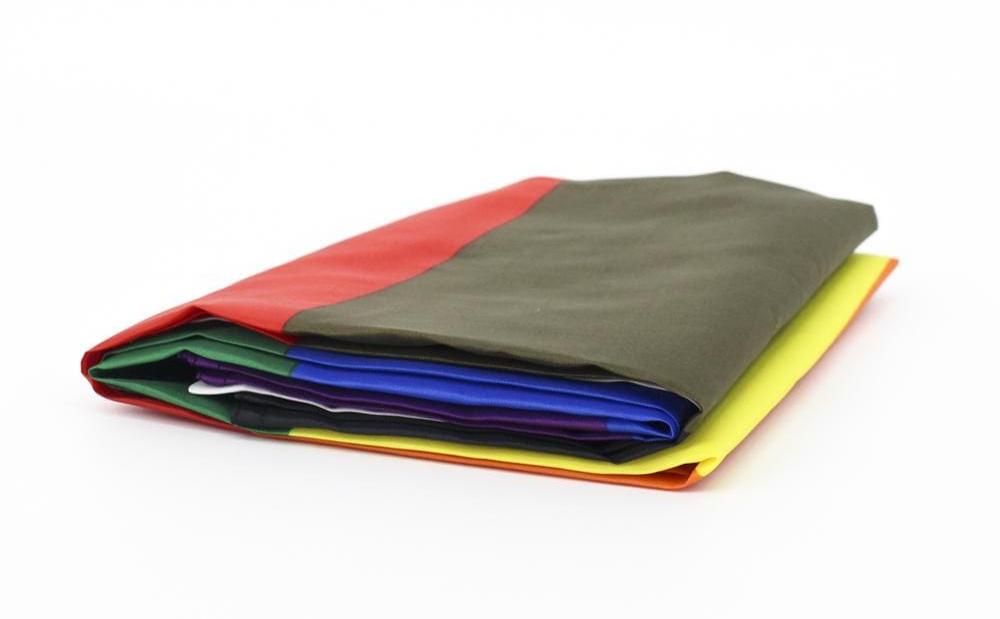
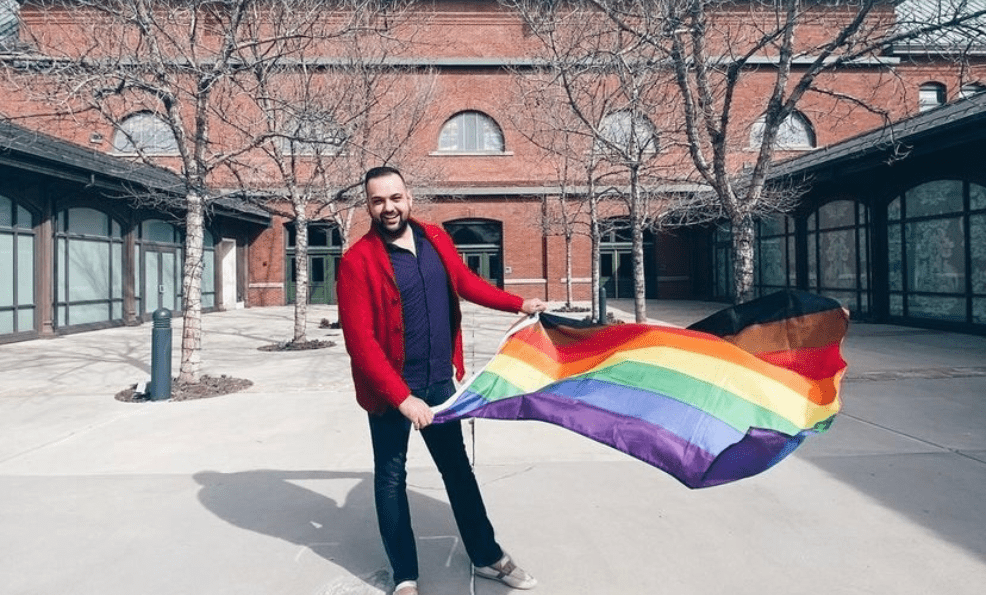
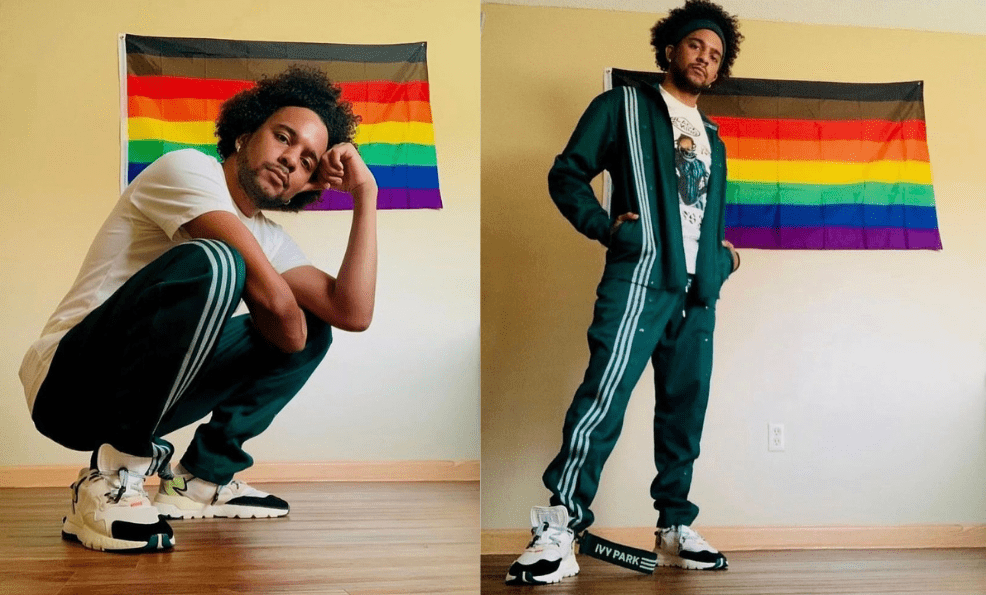
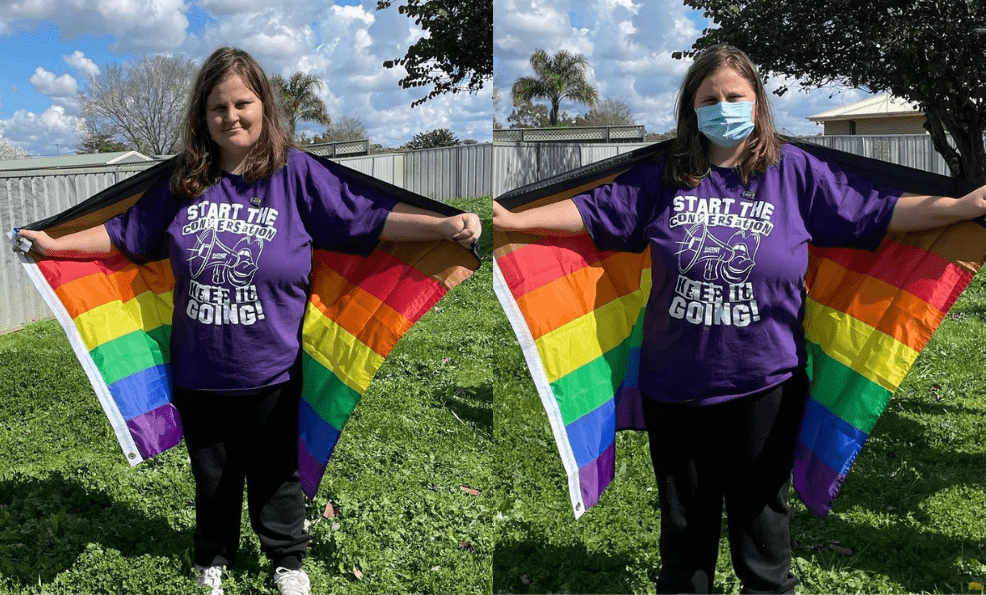

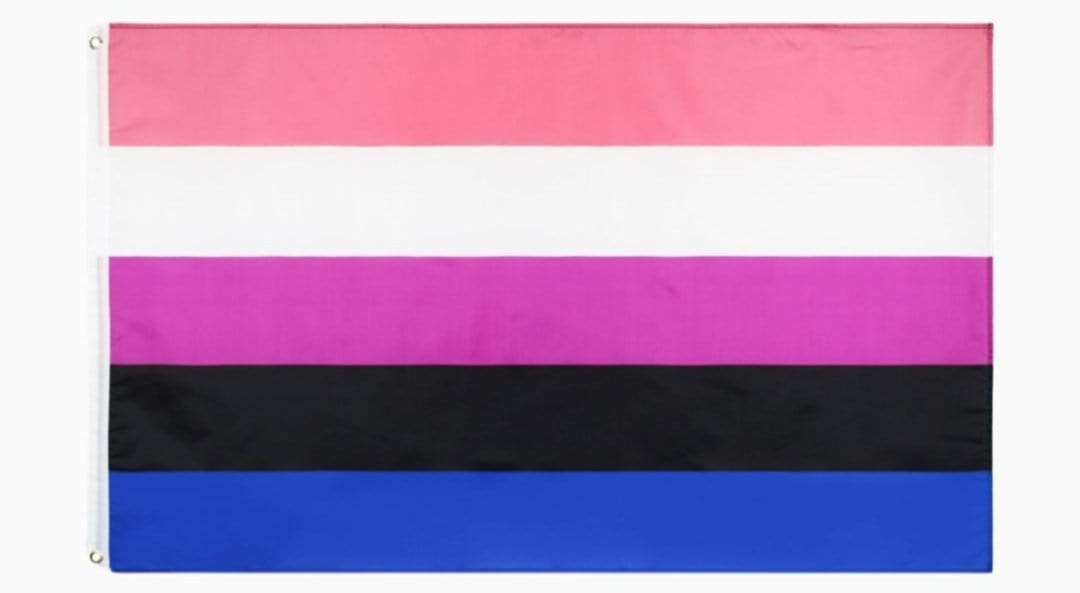
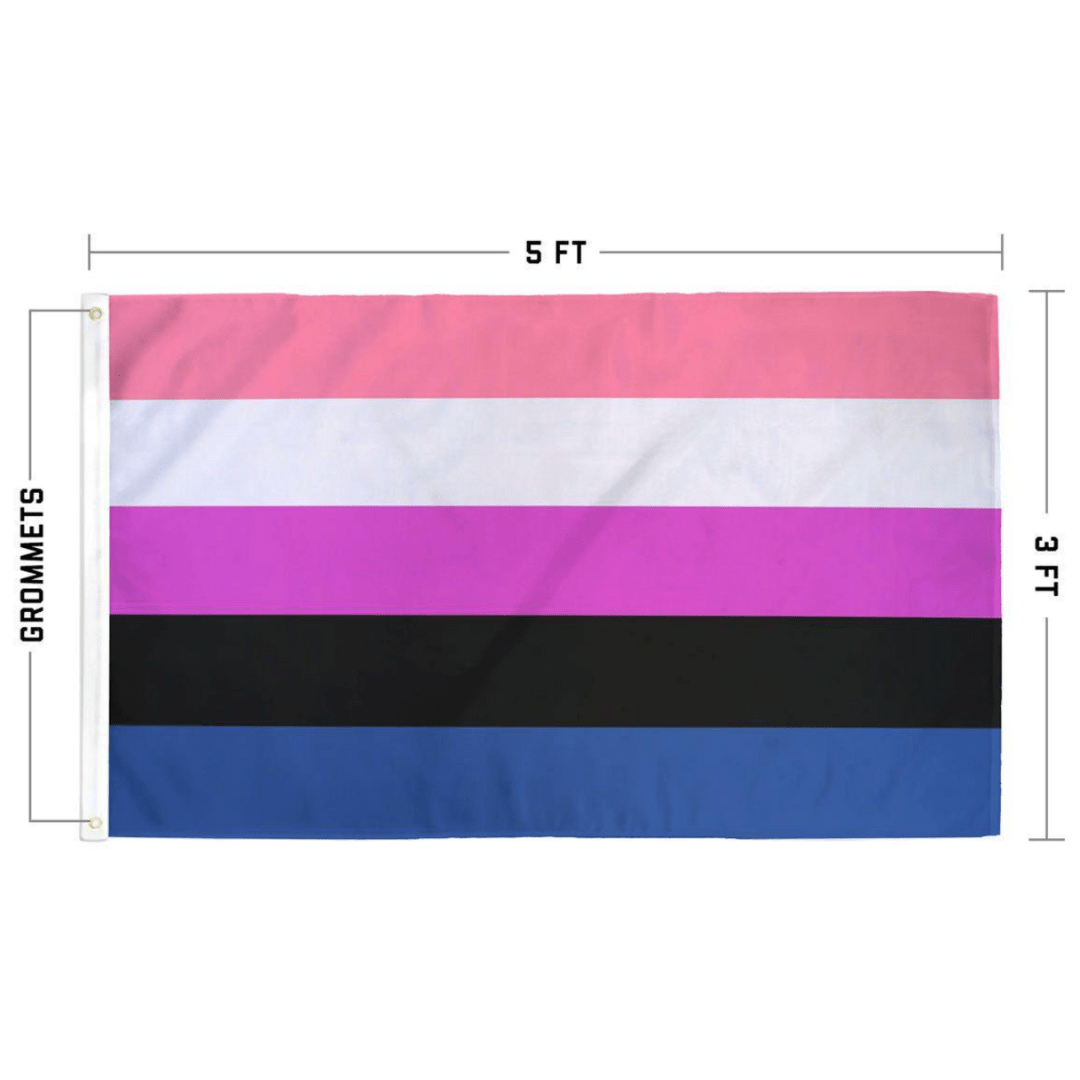
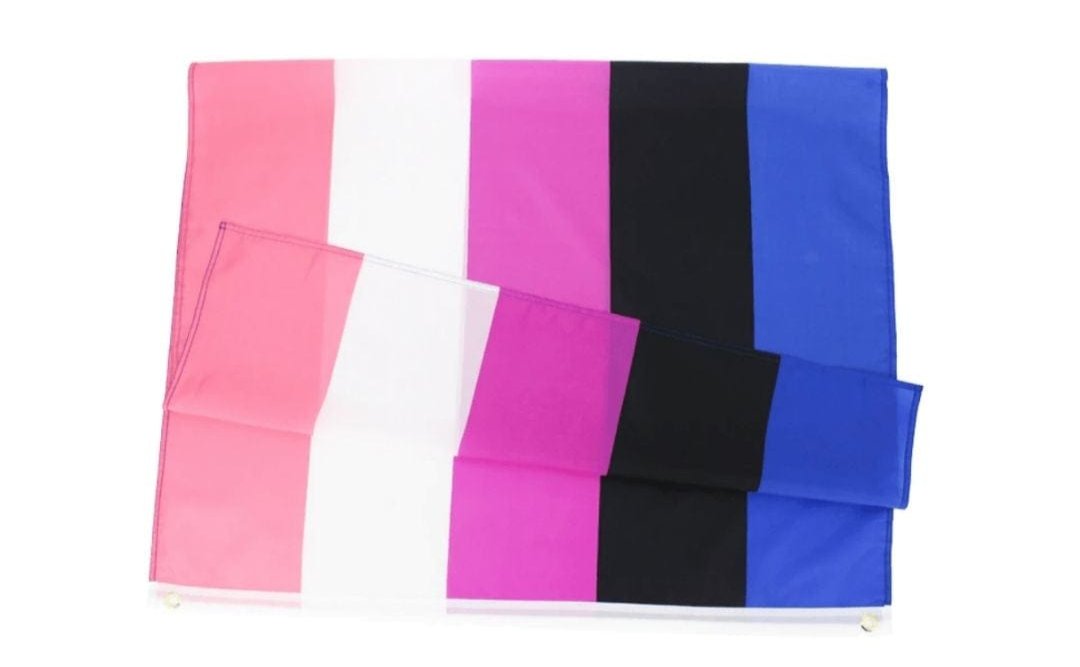


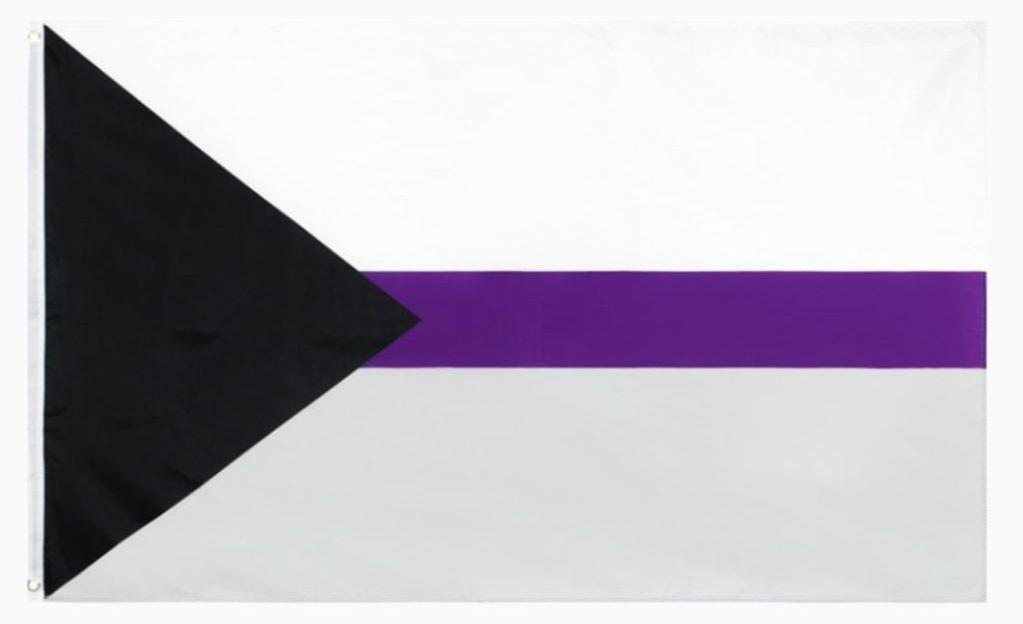
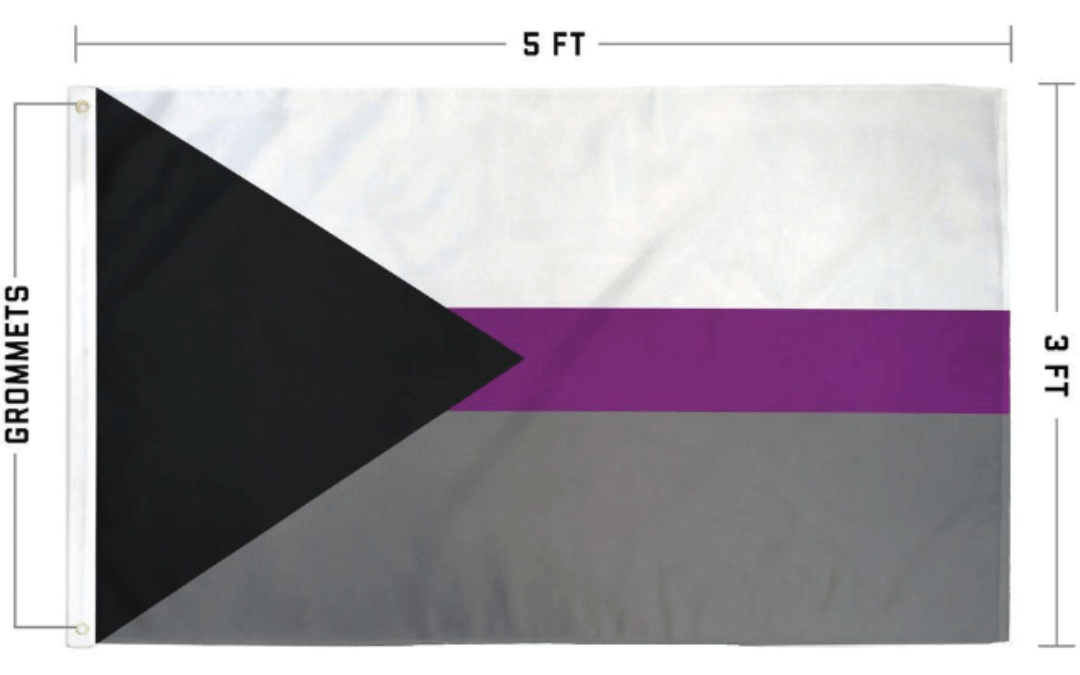




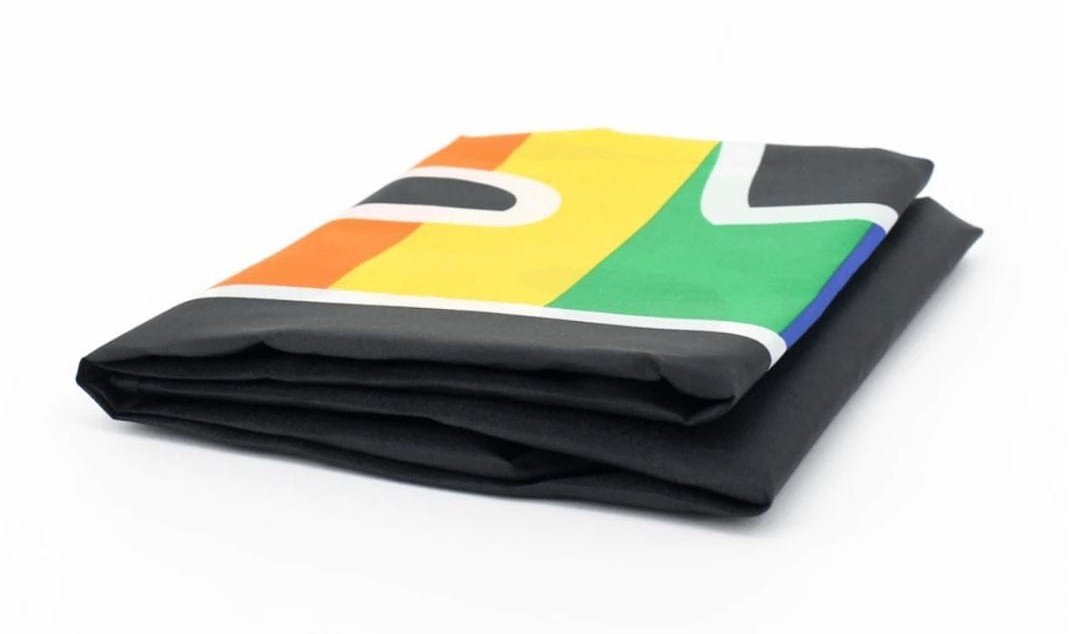
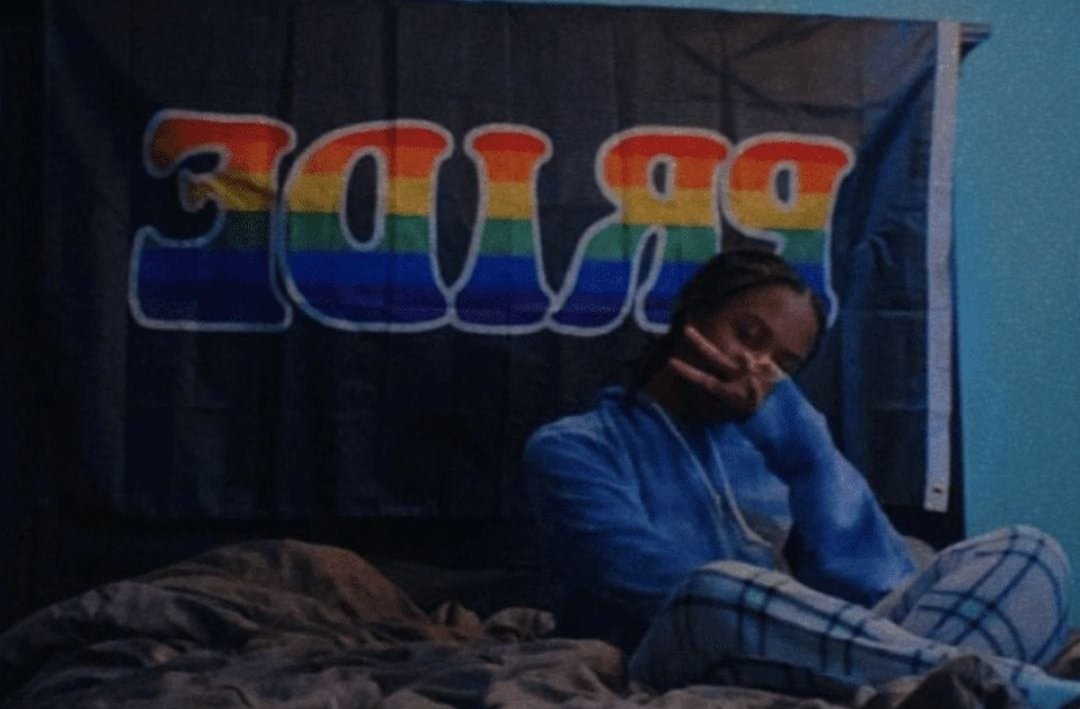
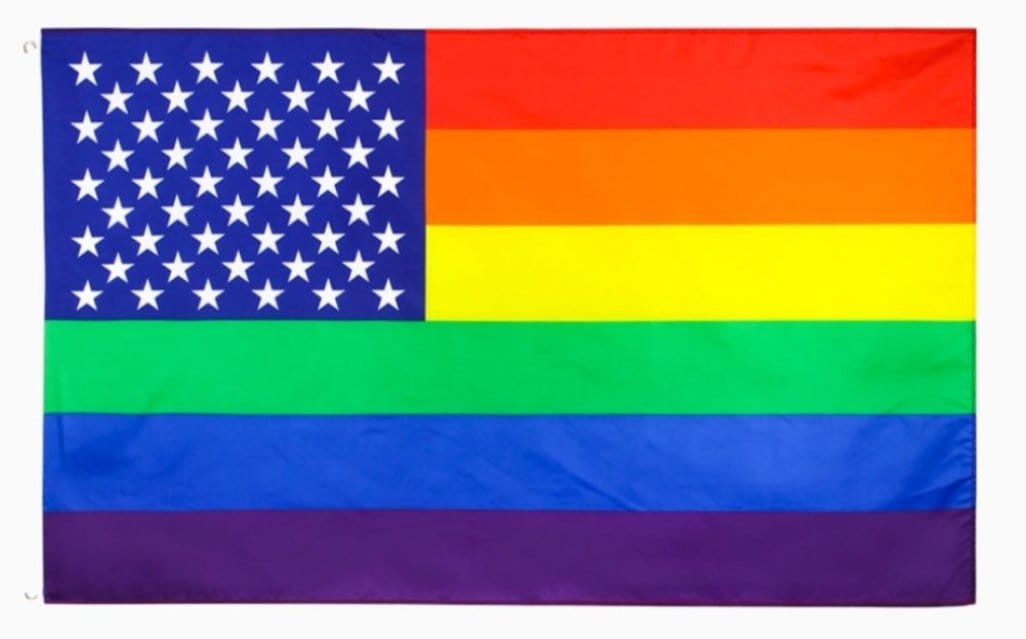
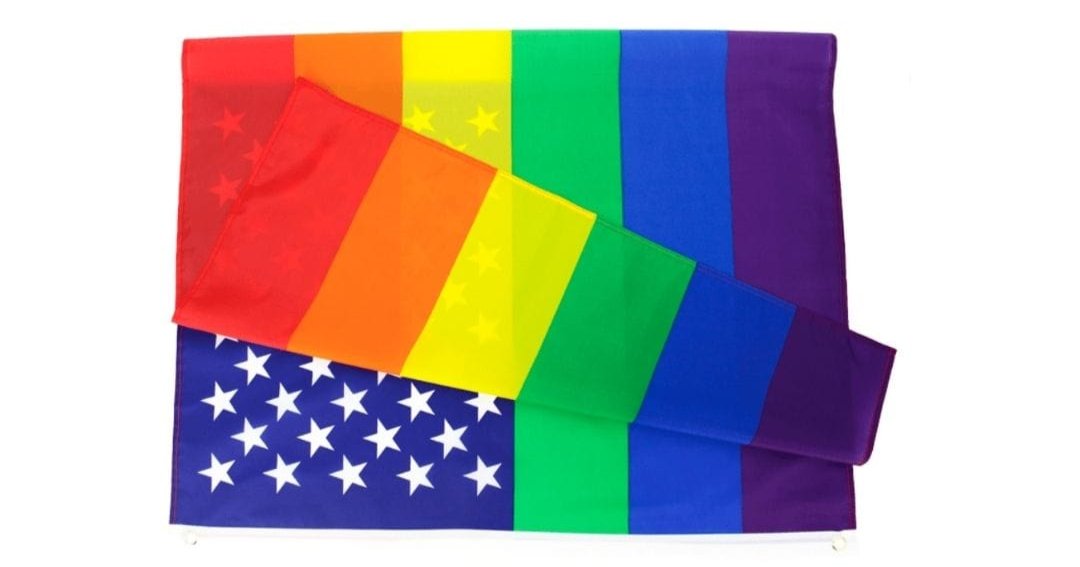
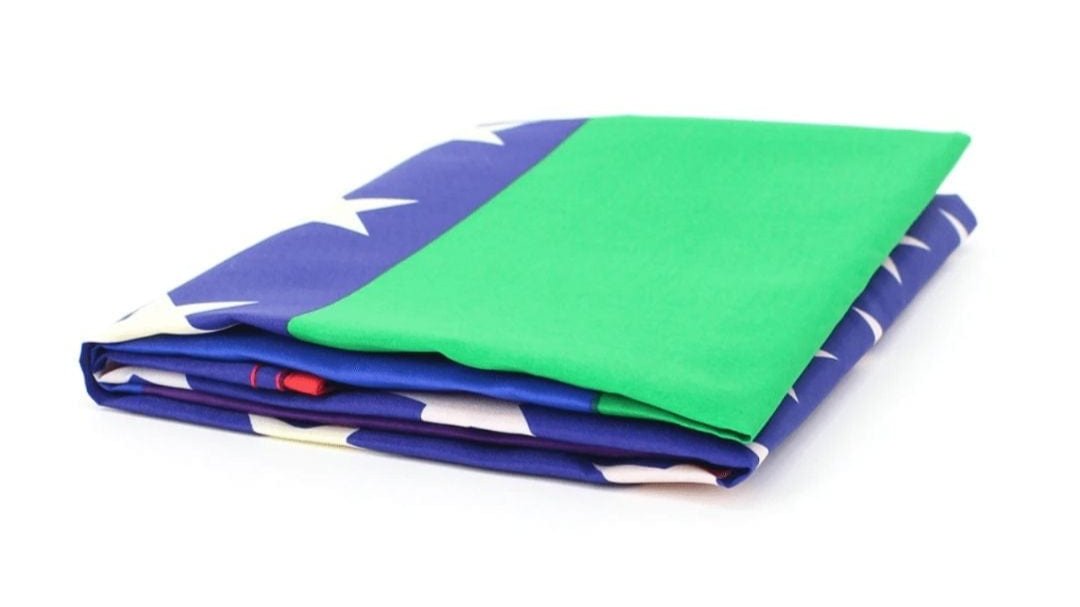
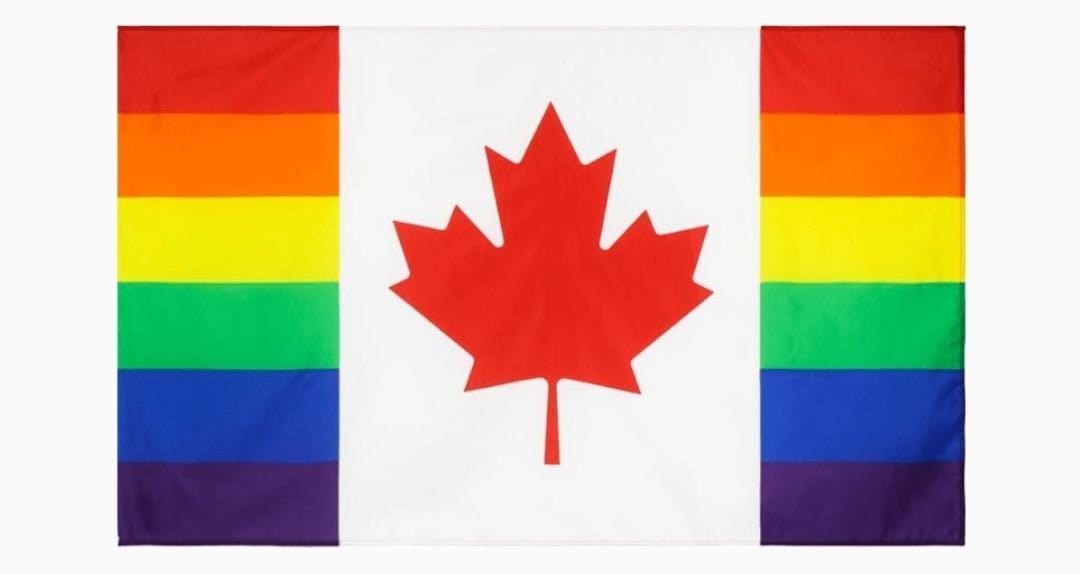
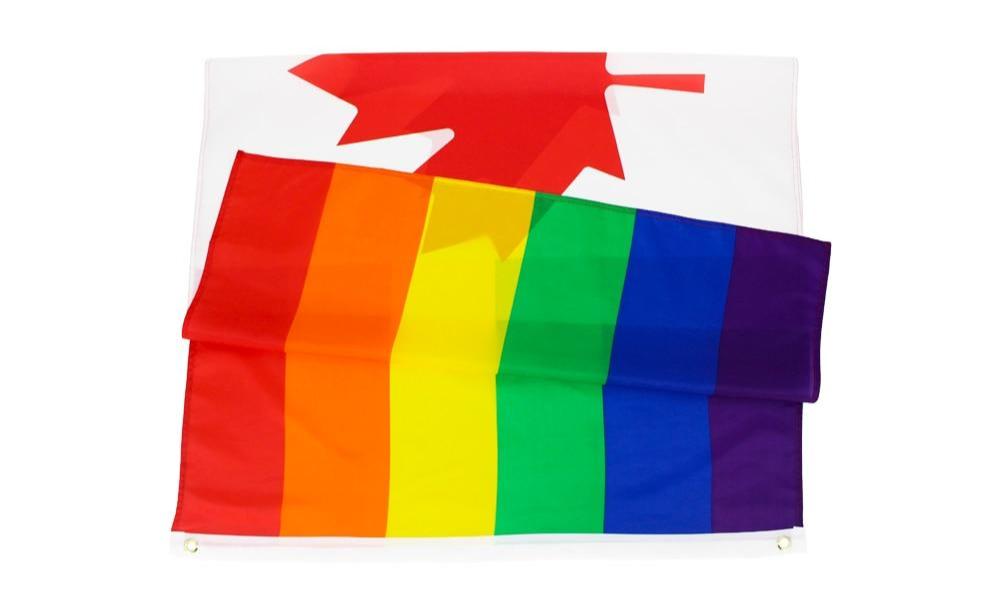

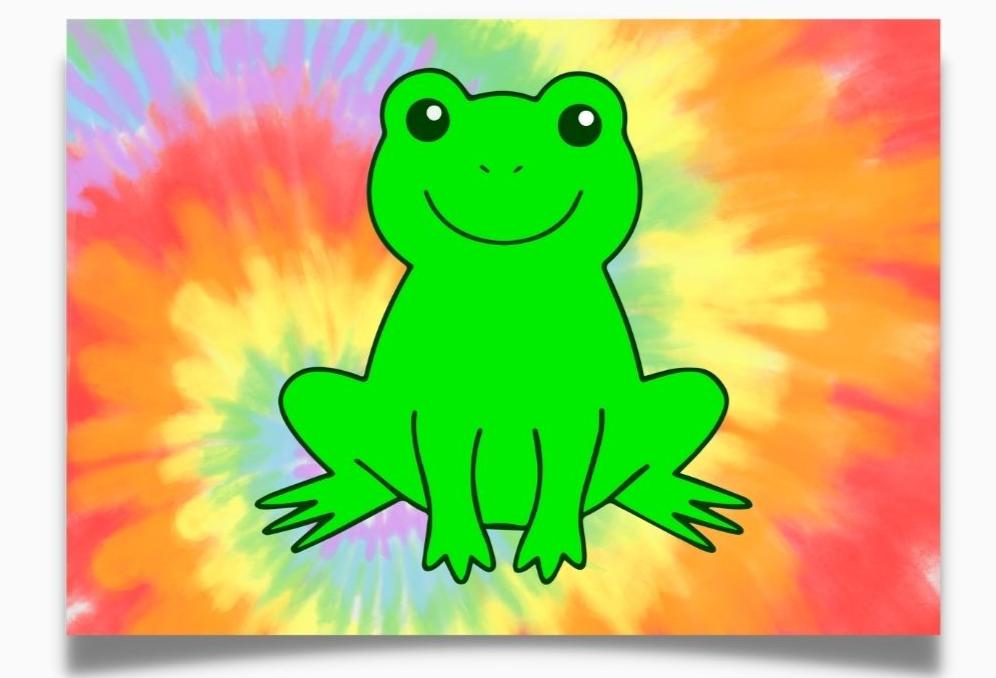
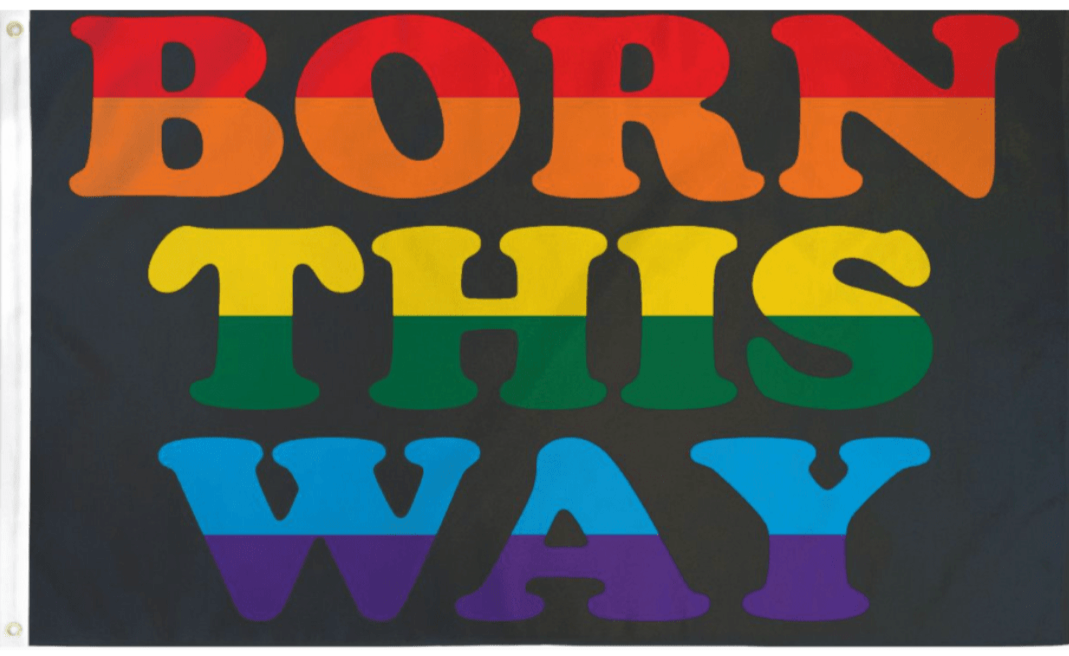
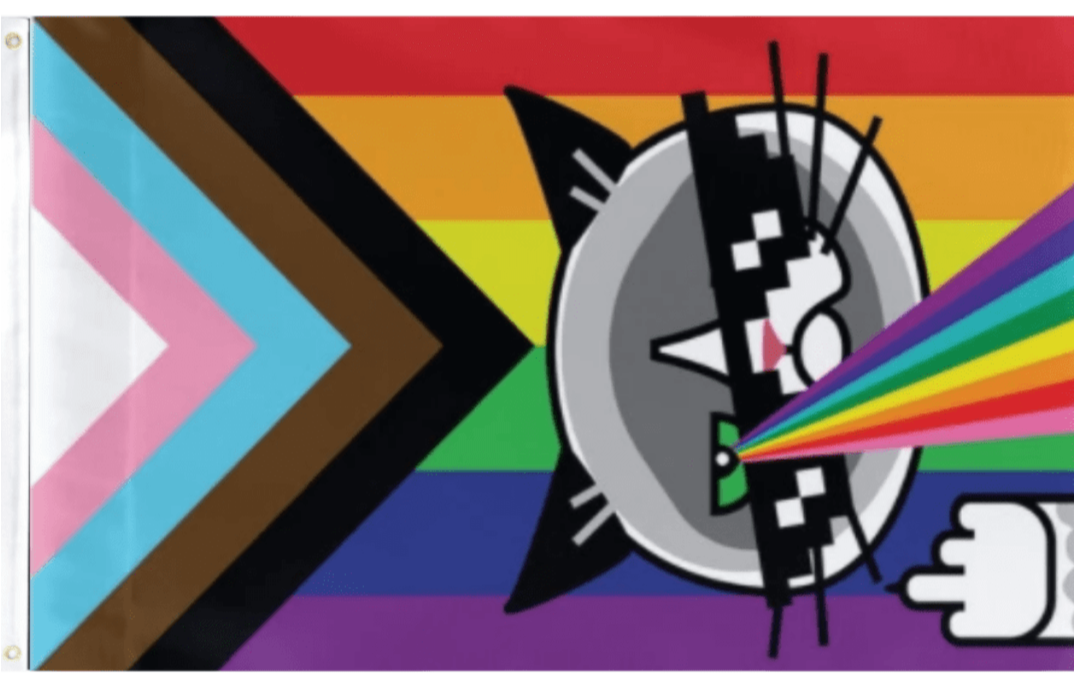
Comments
555
555
555
1’"
1’ OR 2+17-17-1=0+0+0+1 -
555
555
555
555
555
555